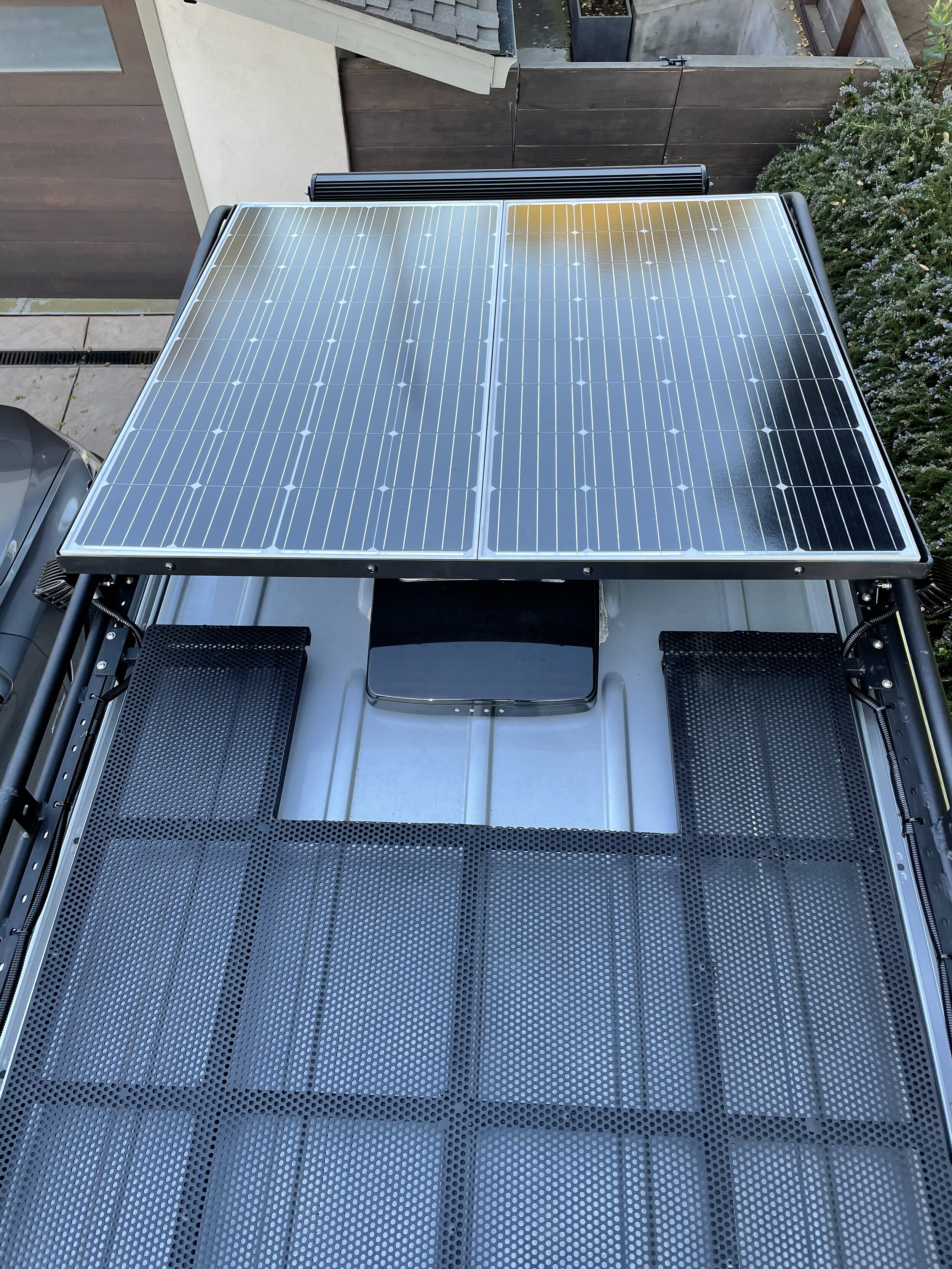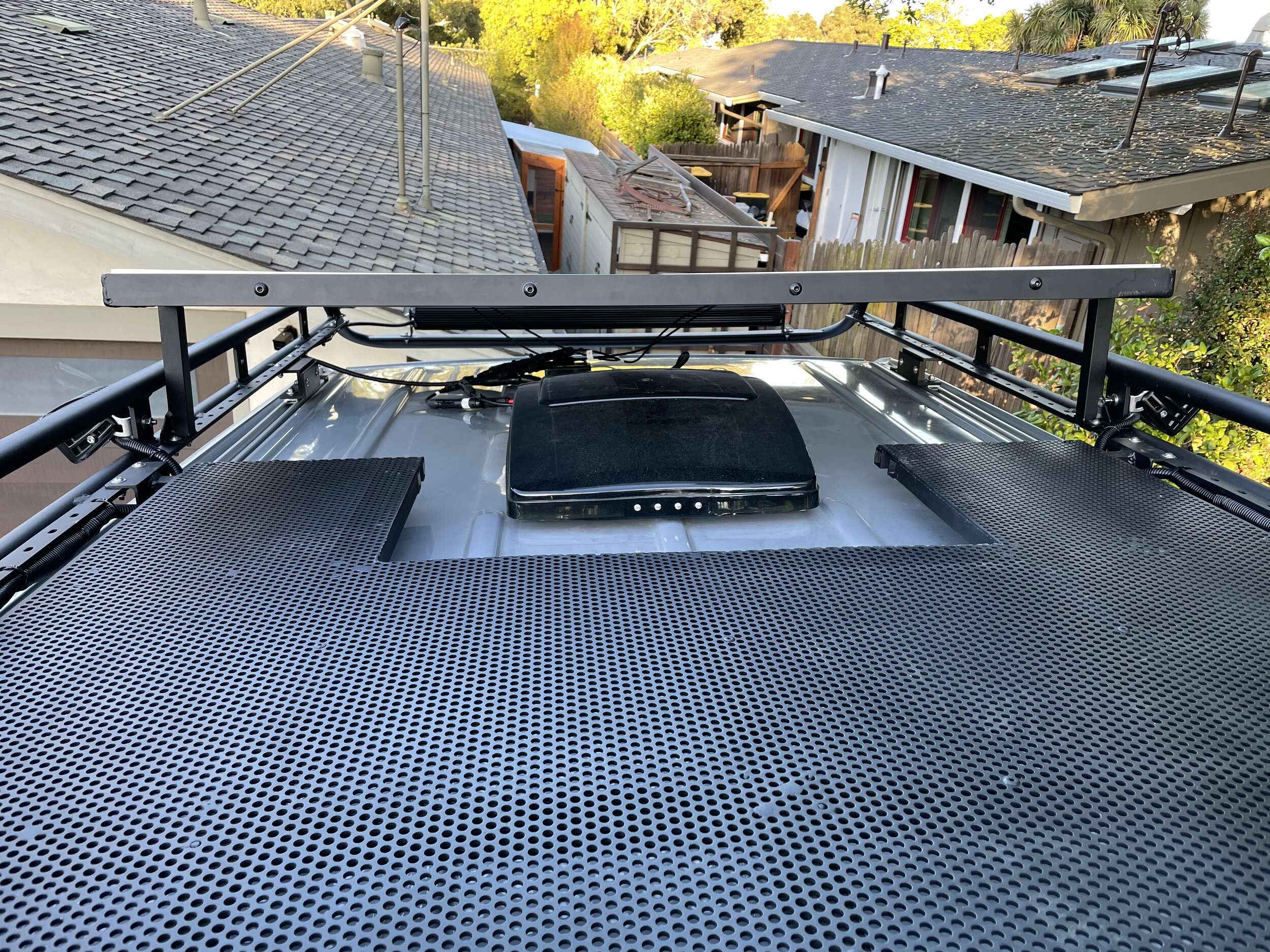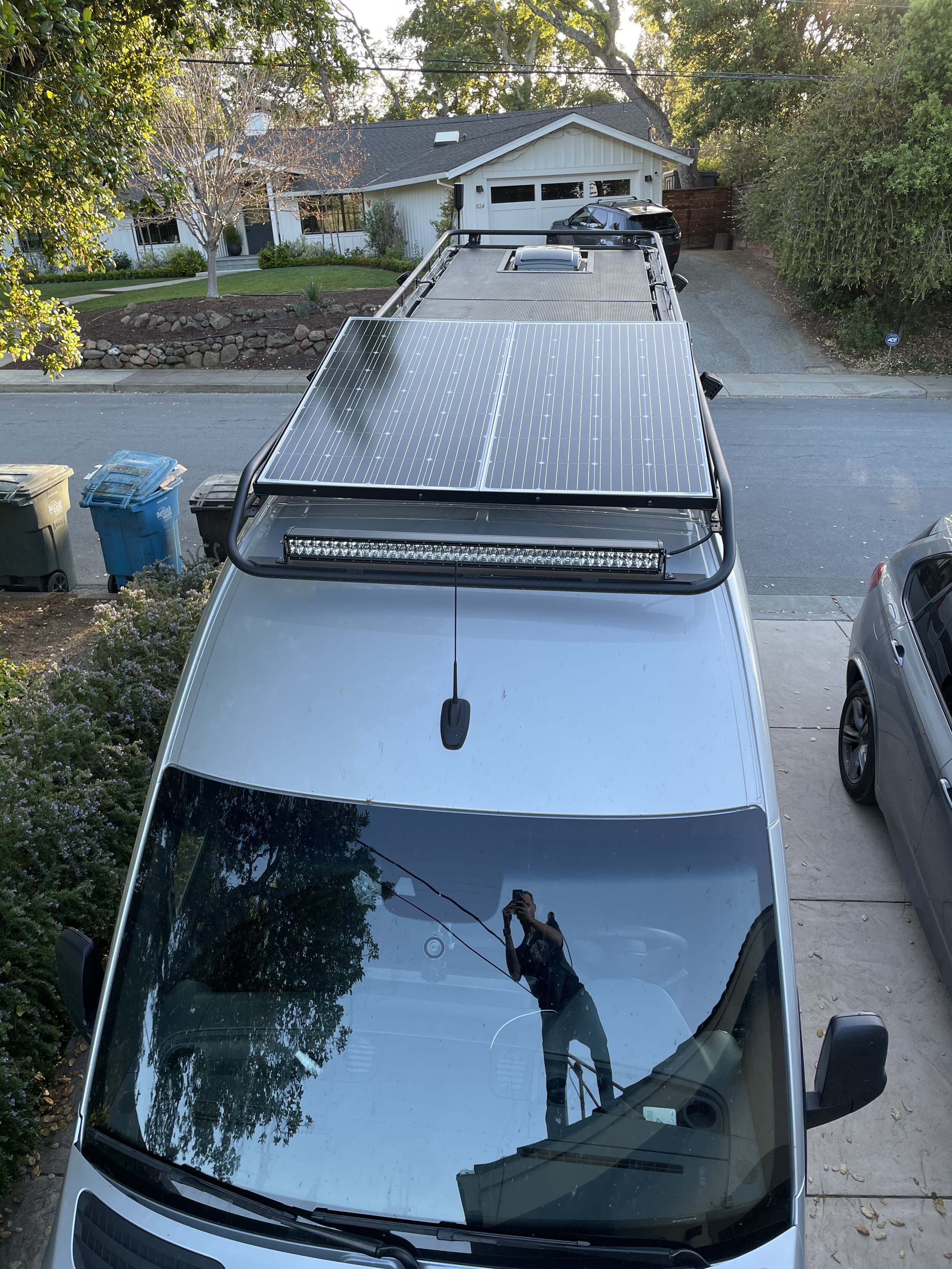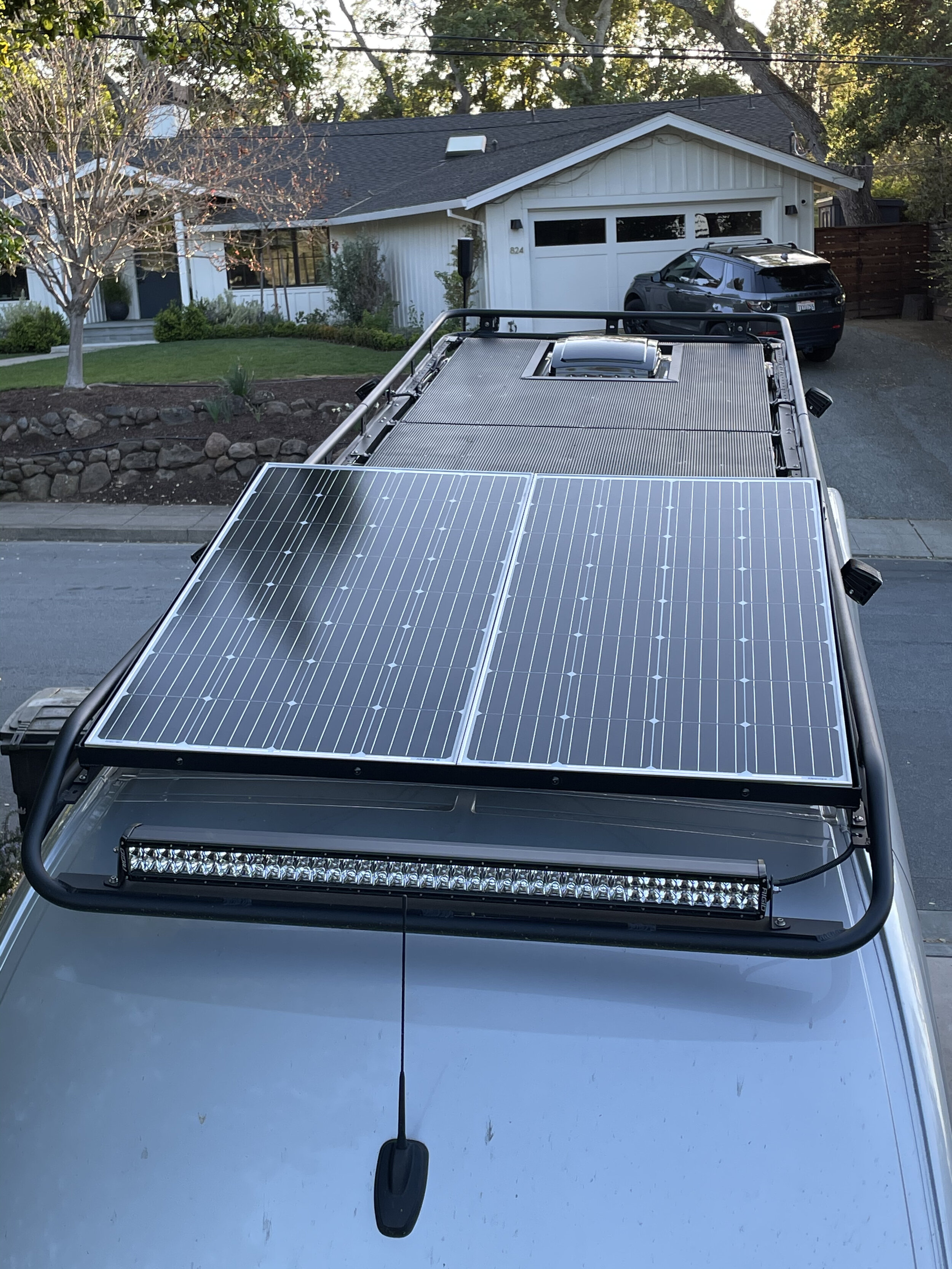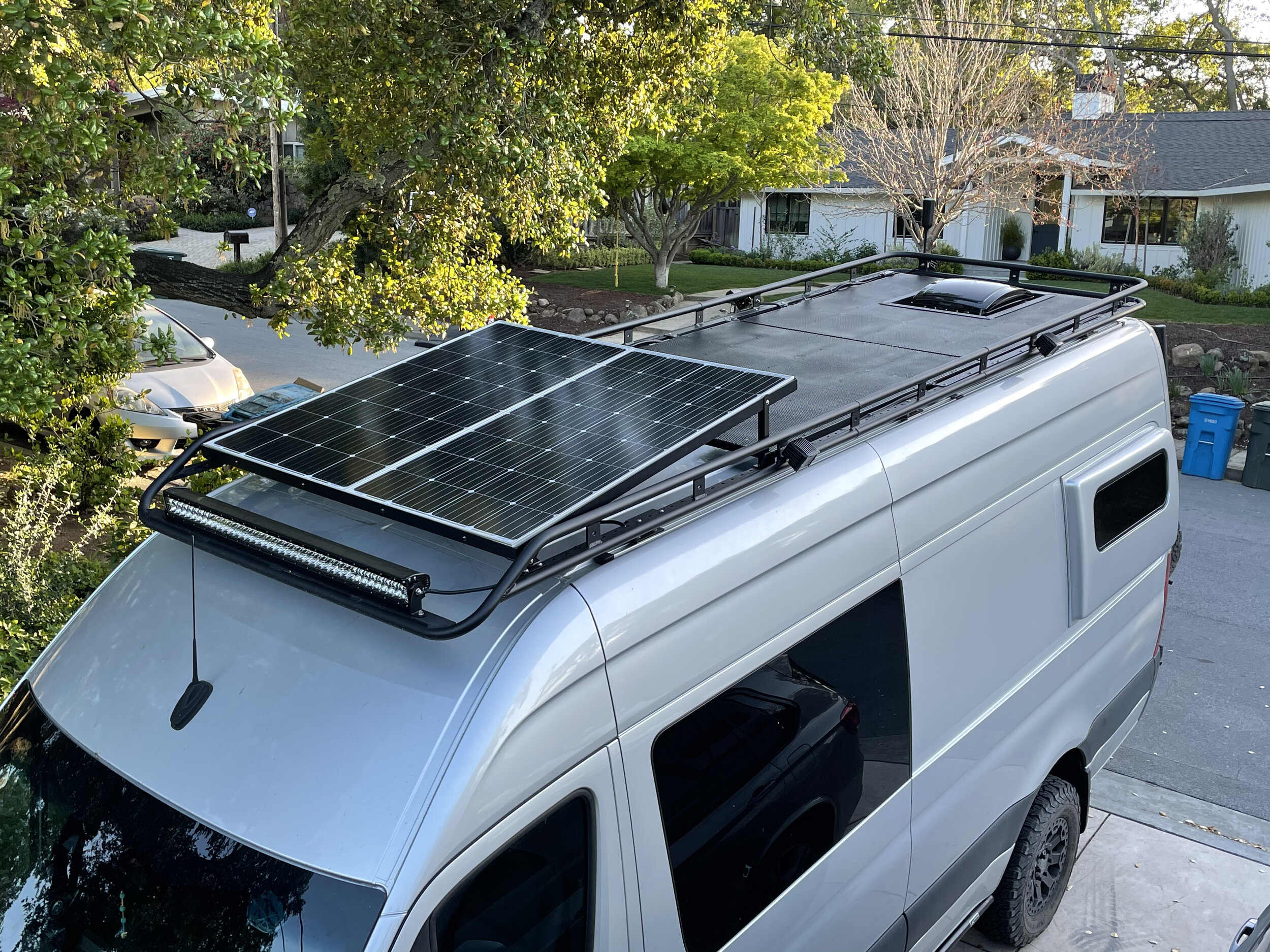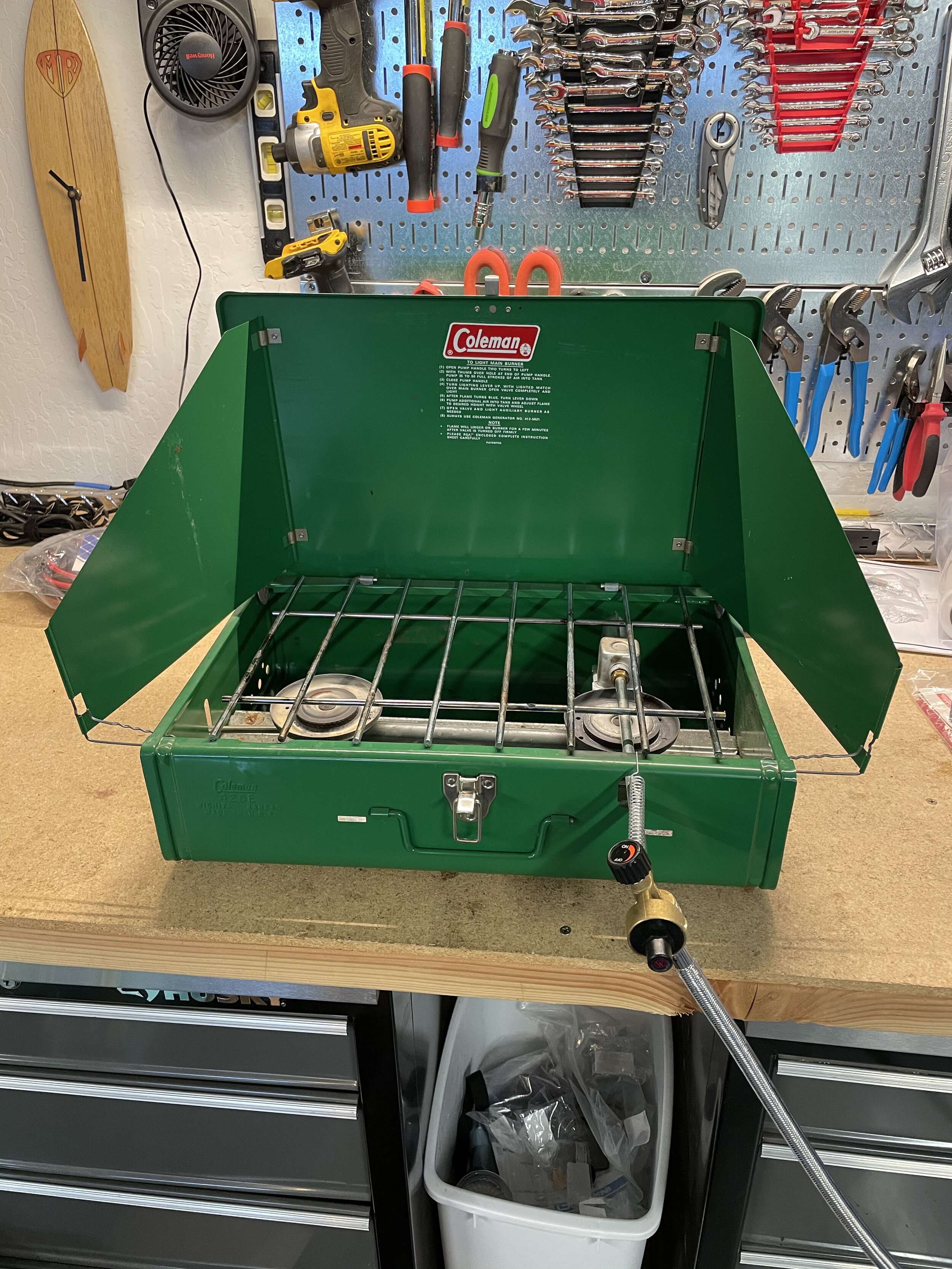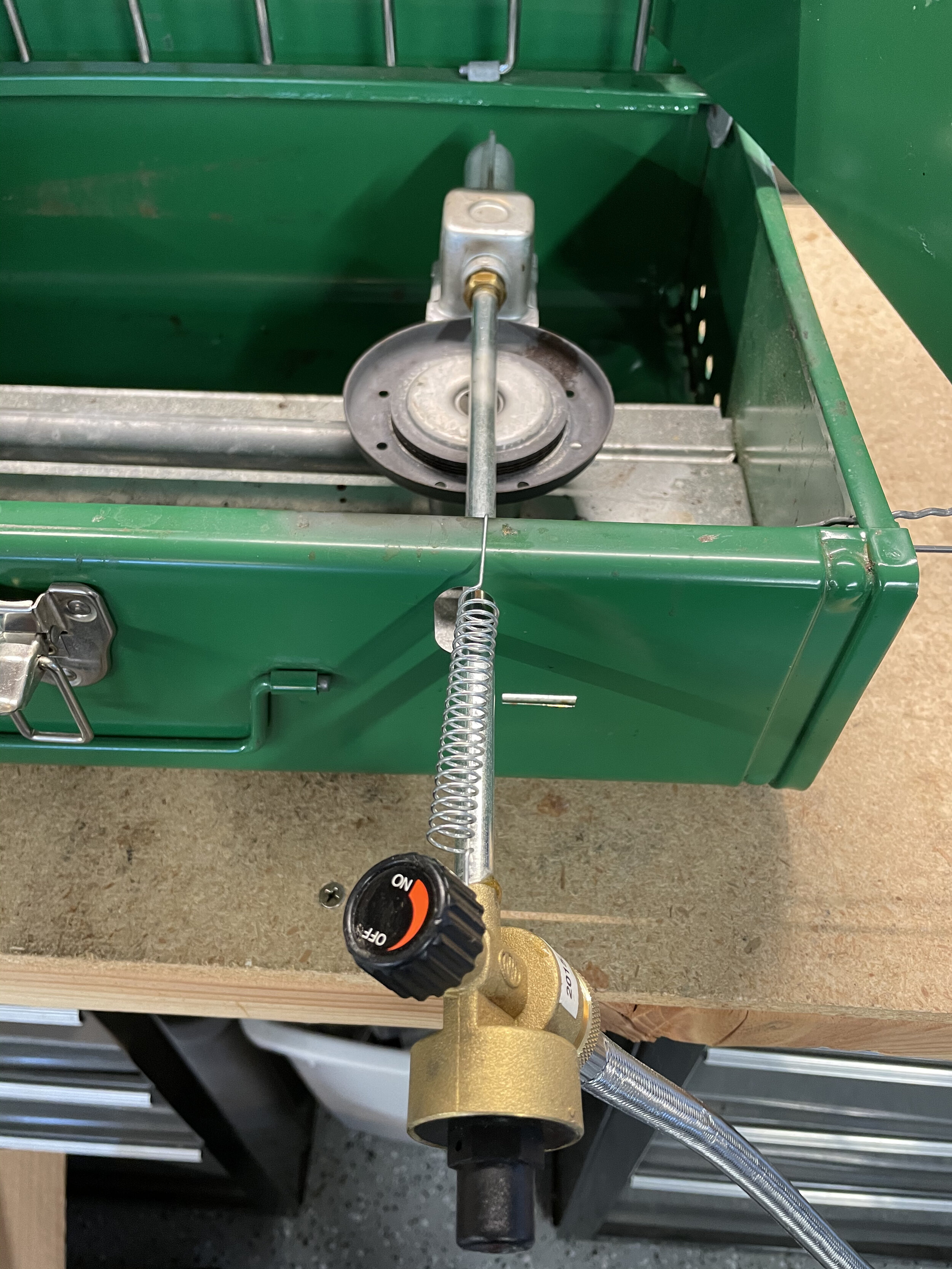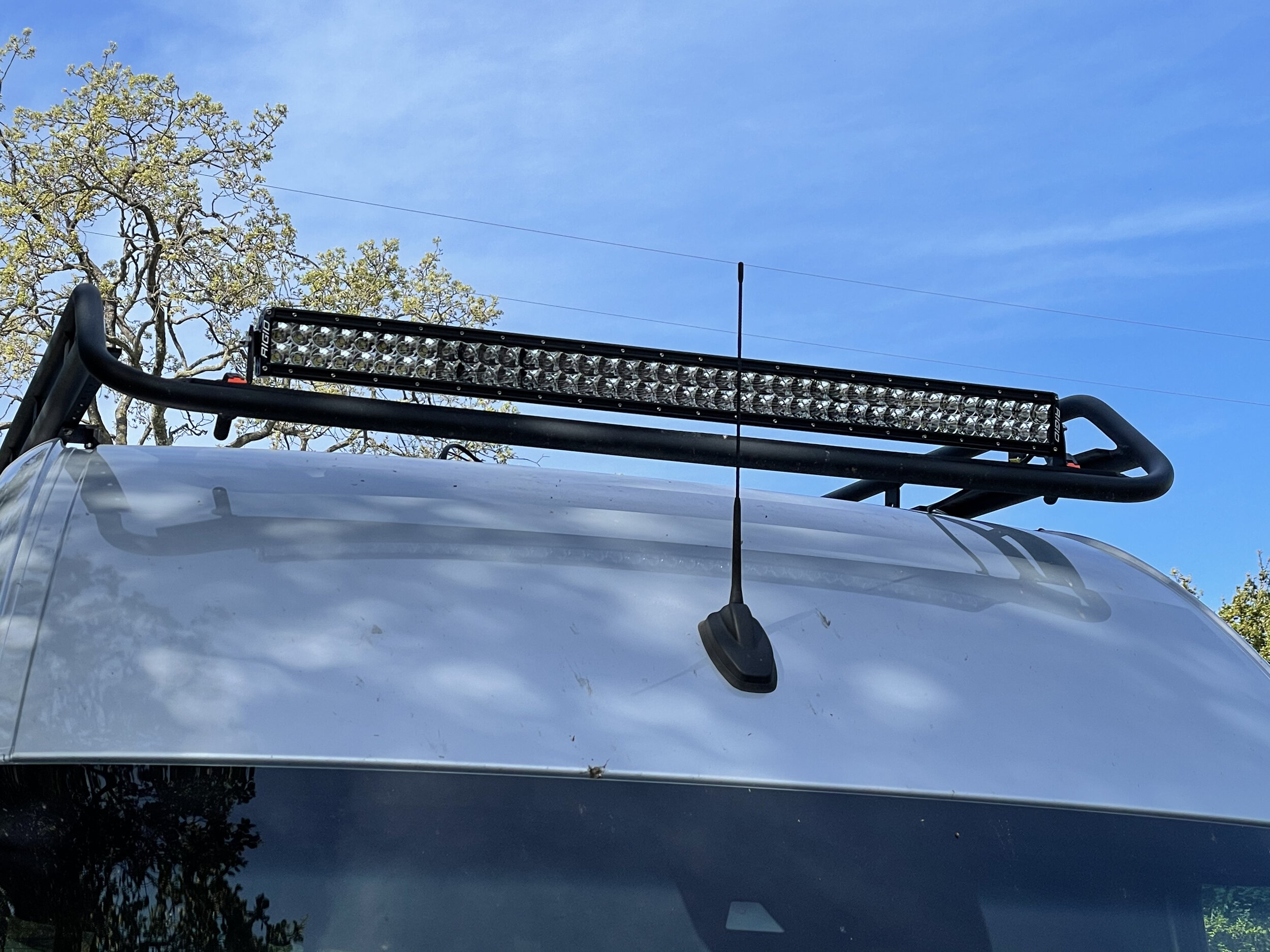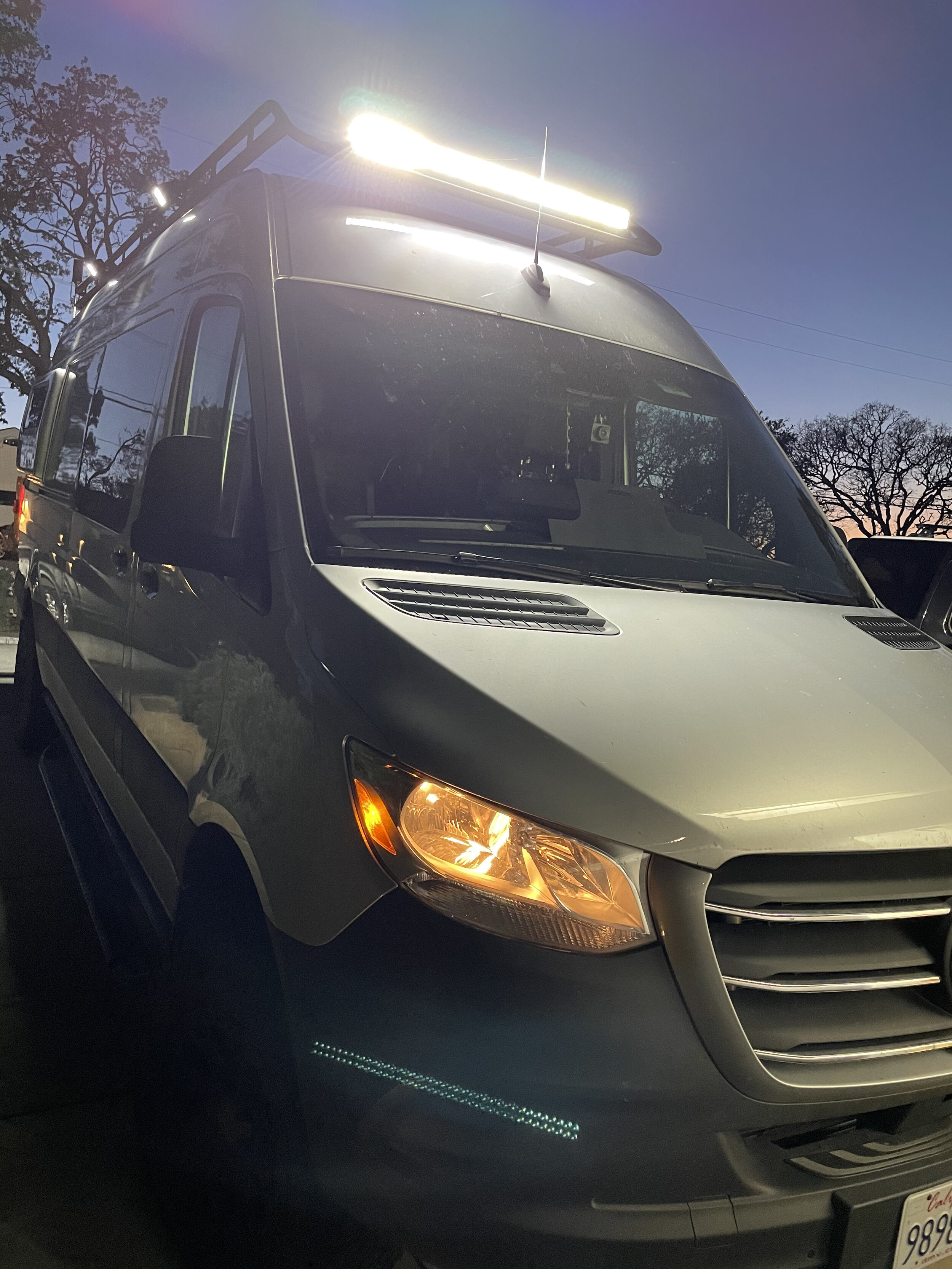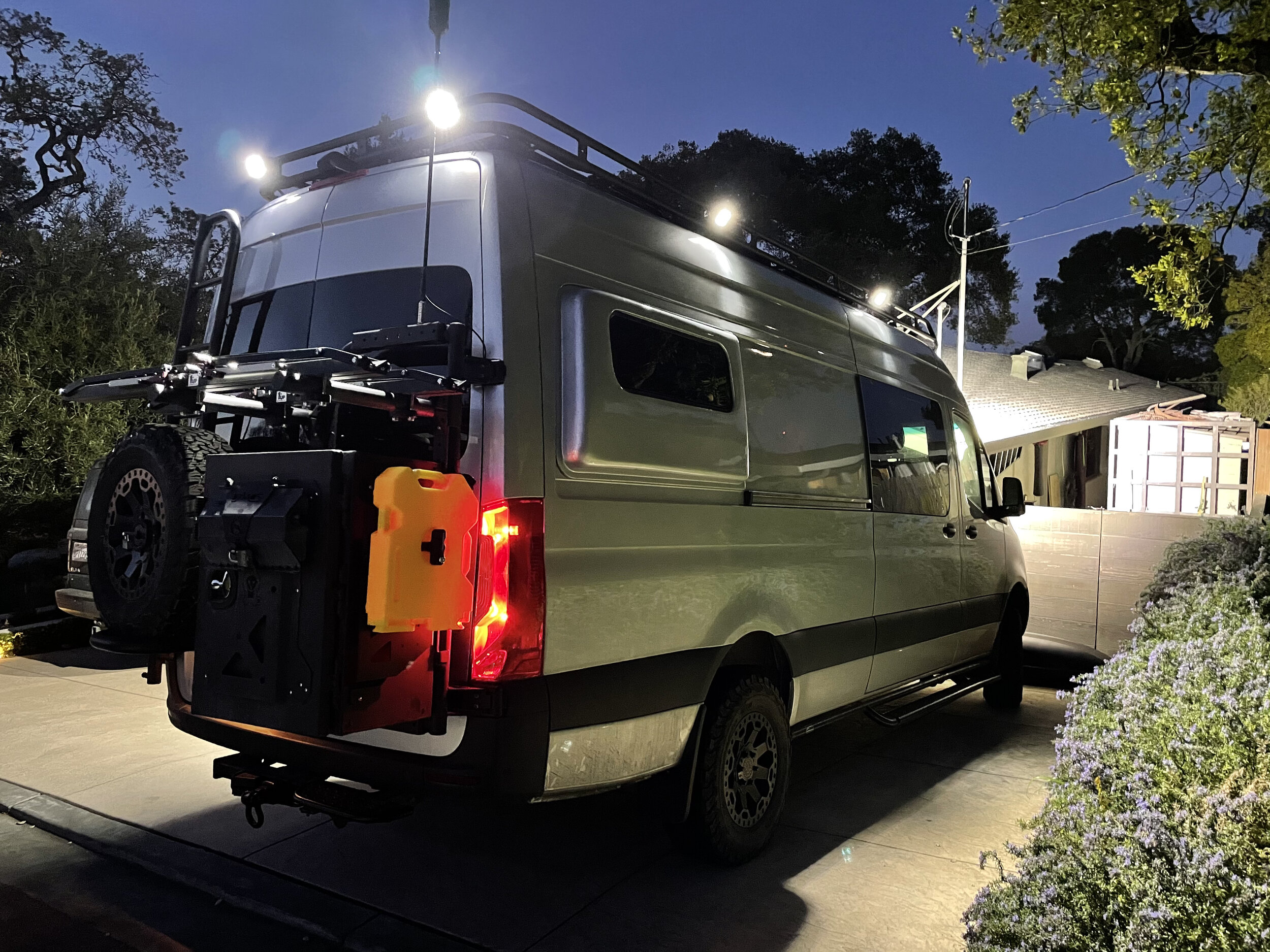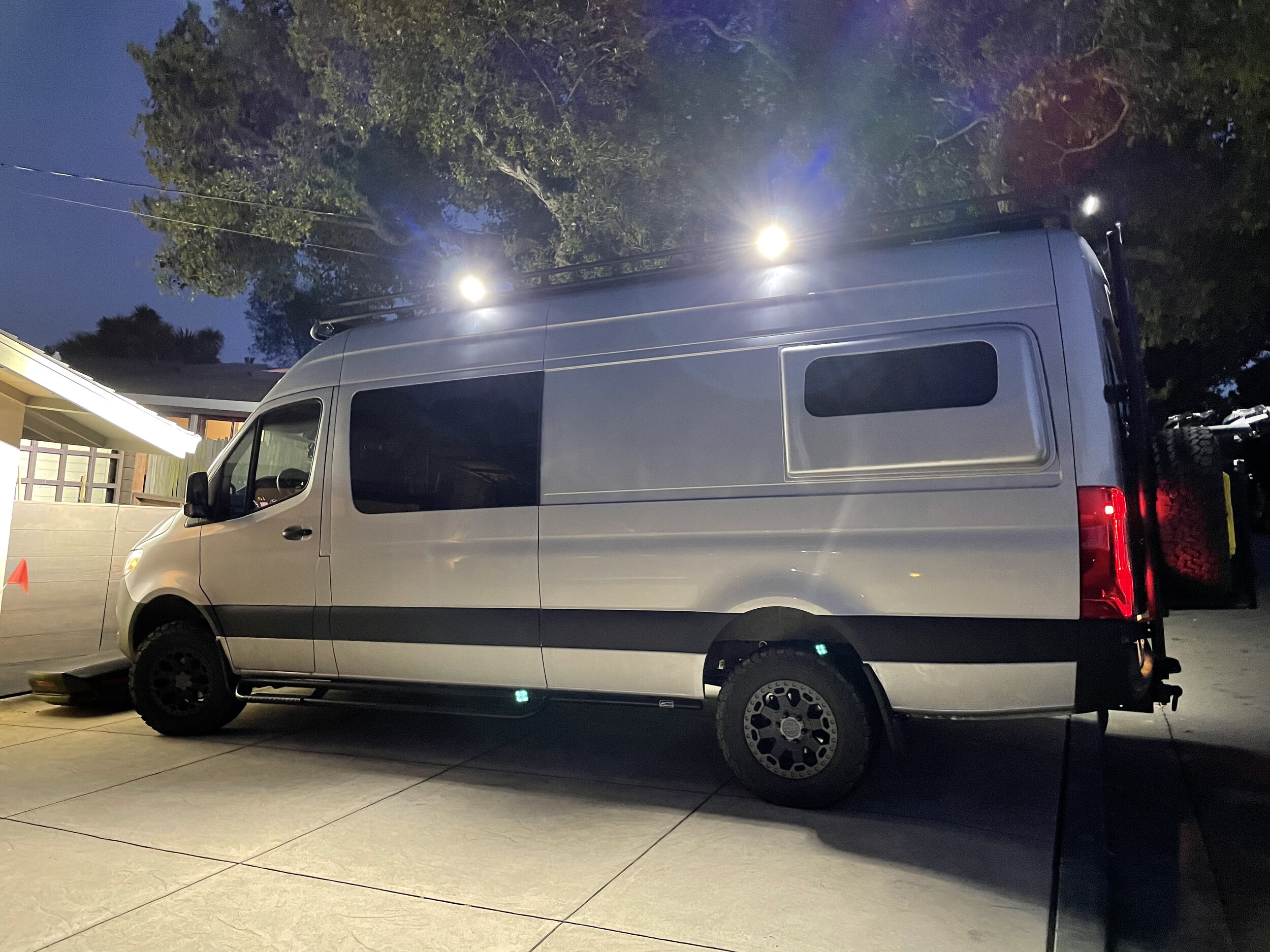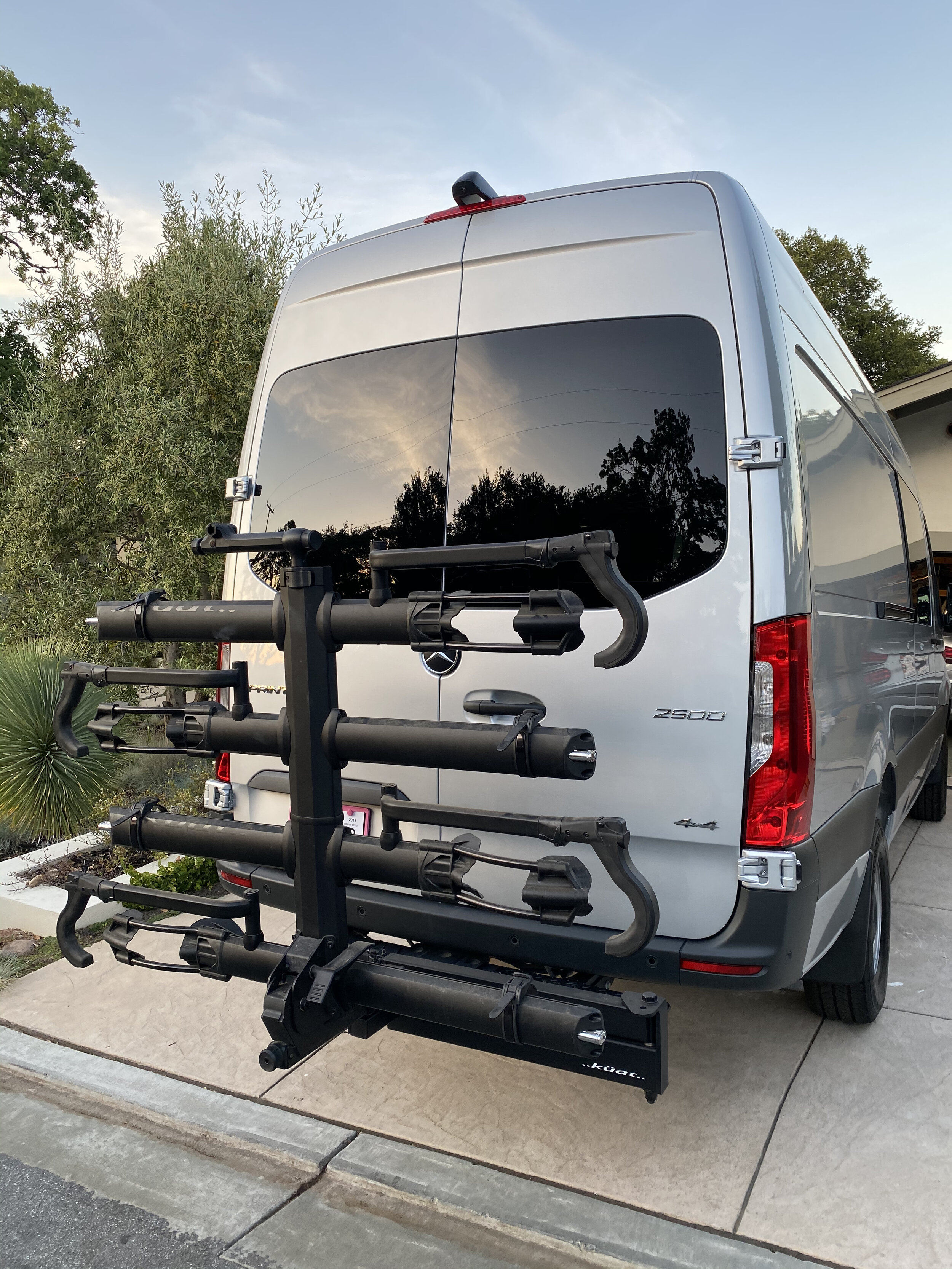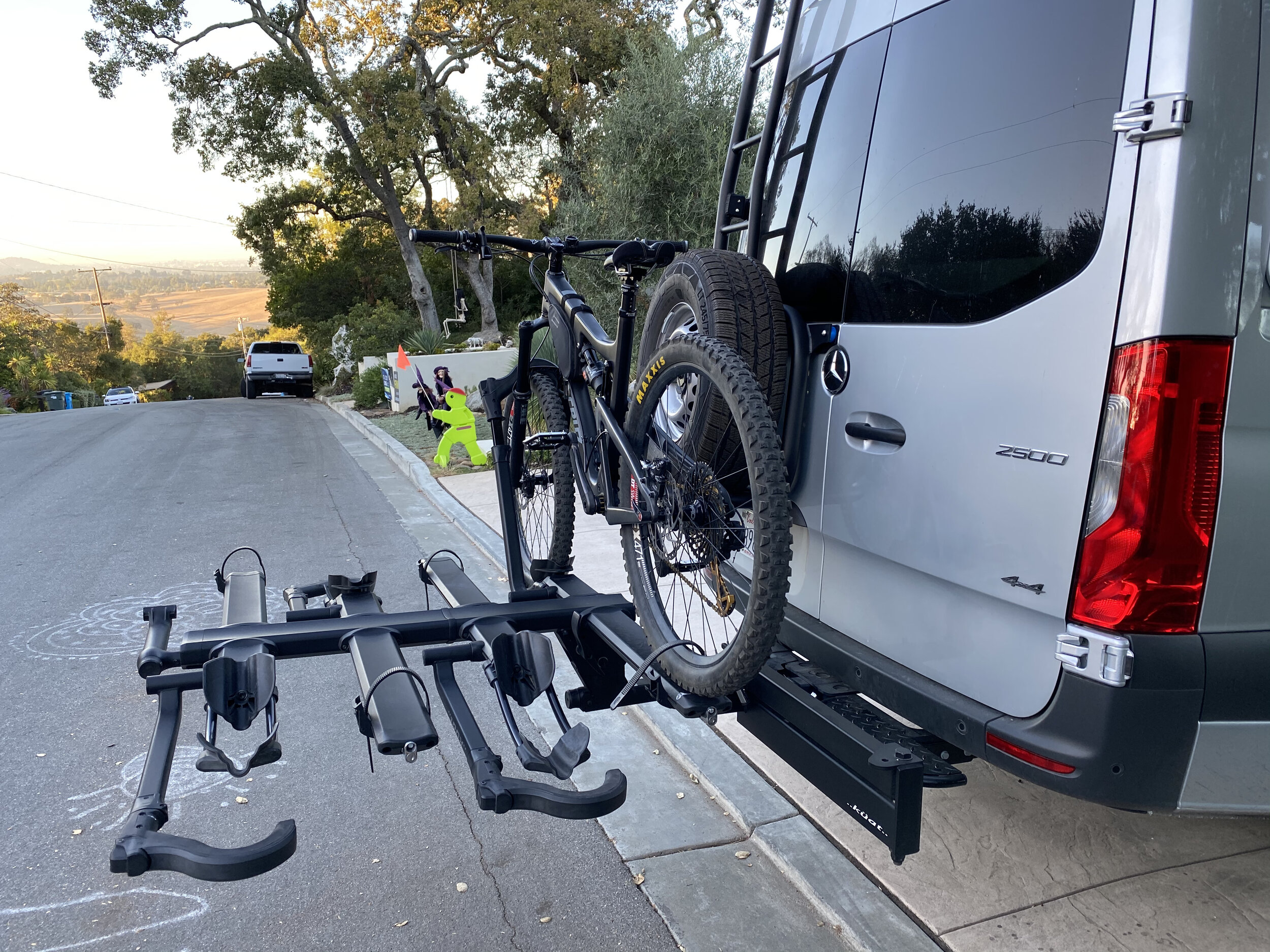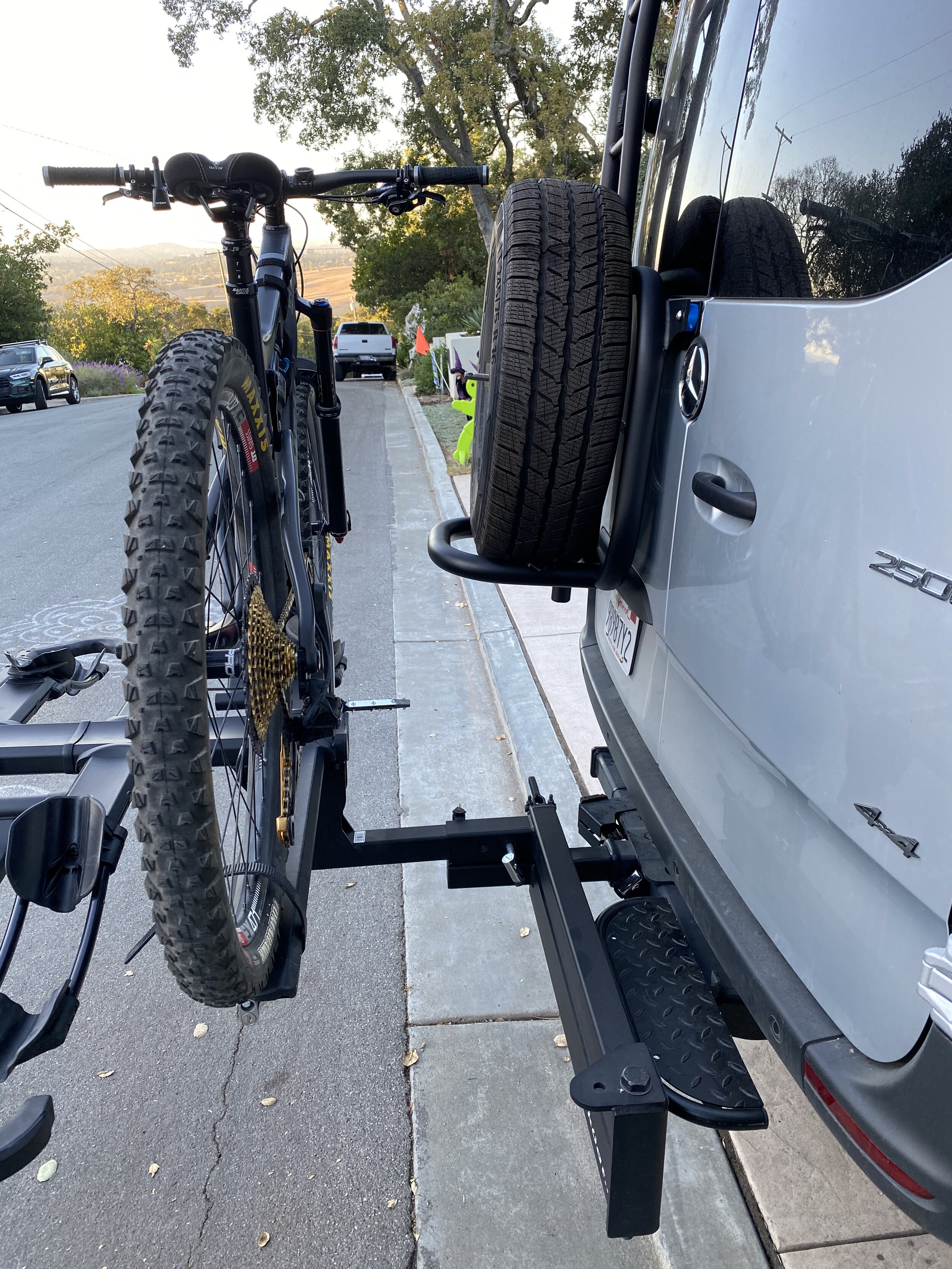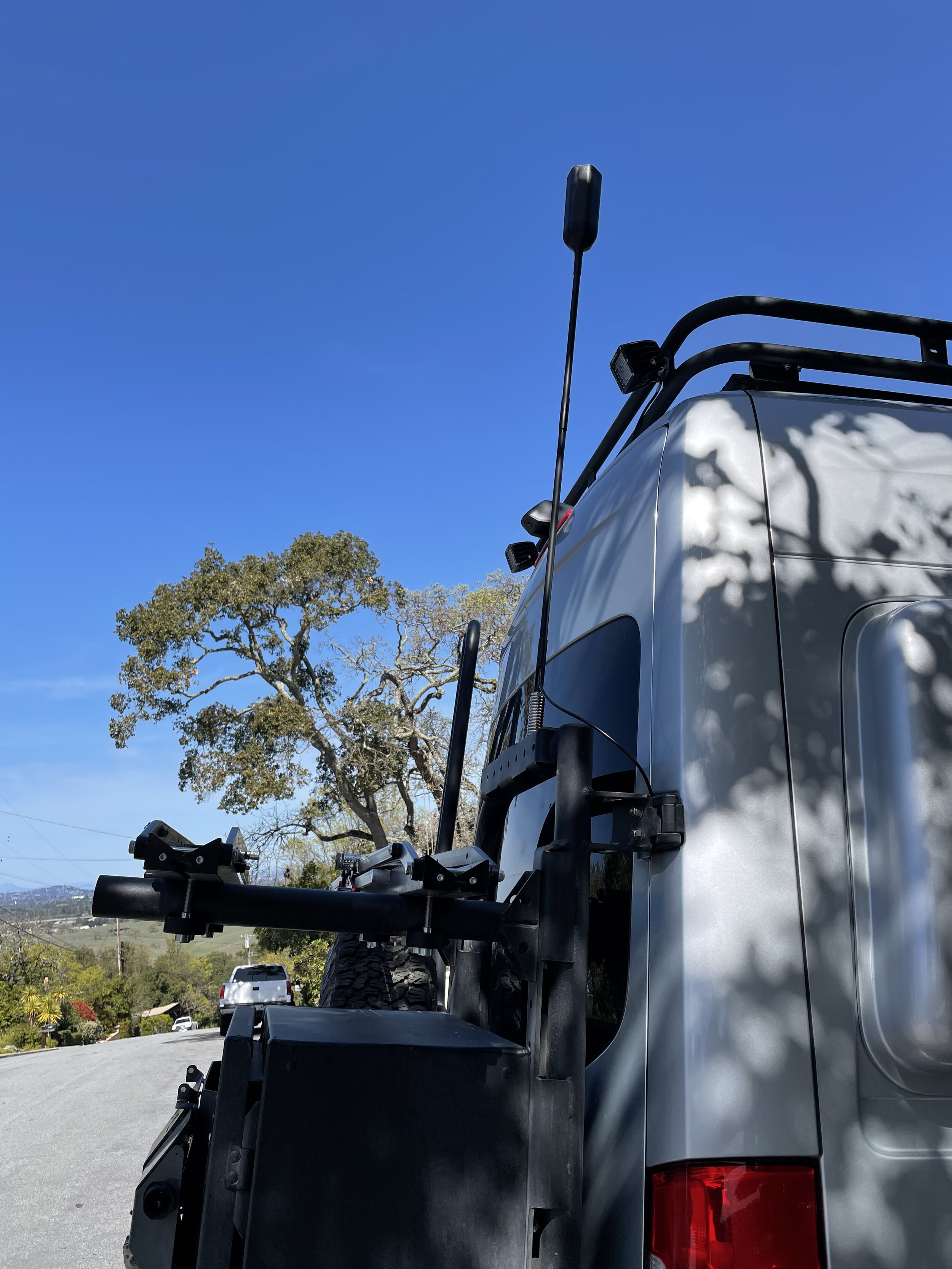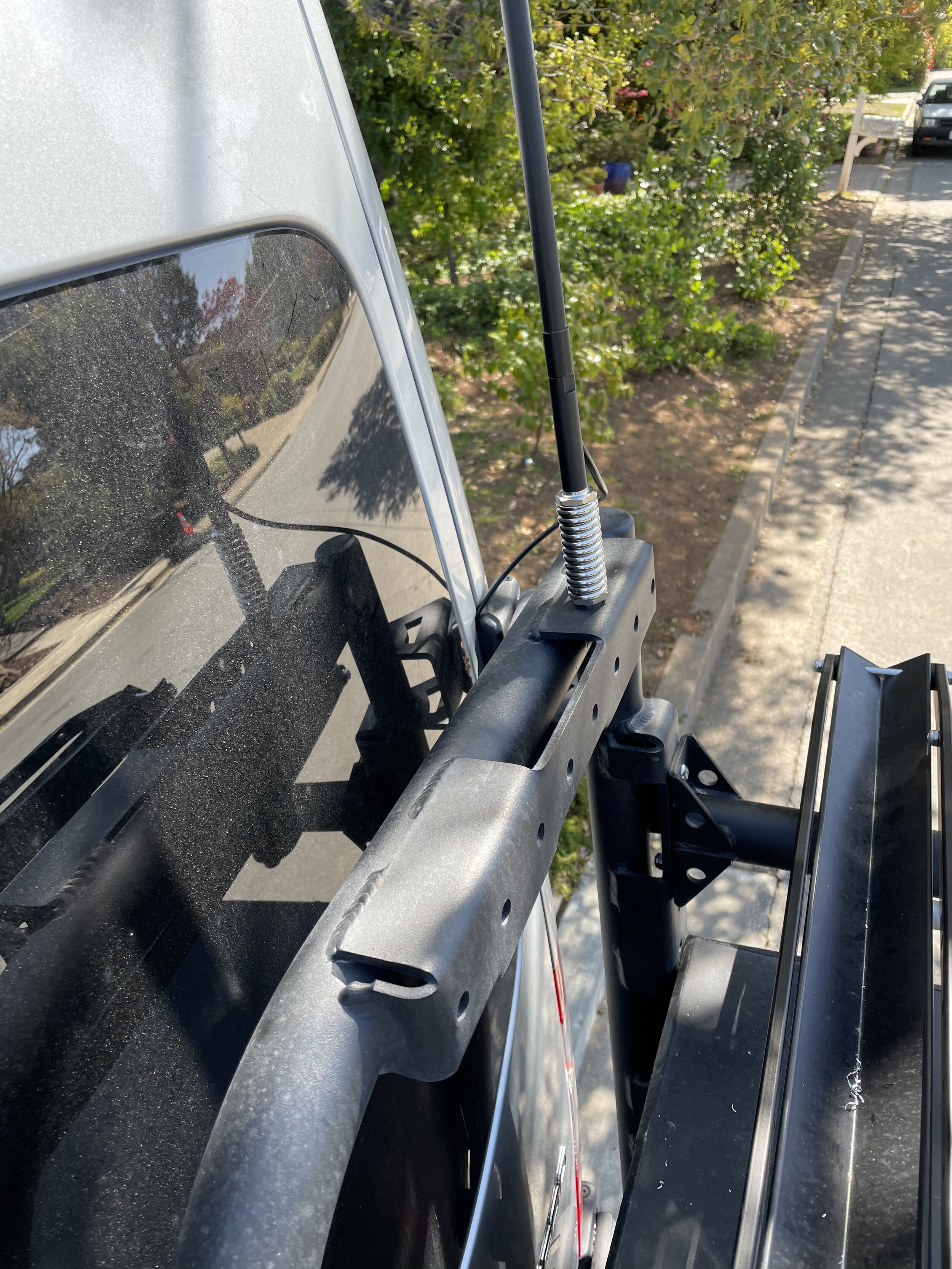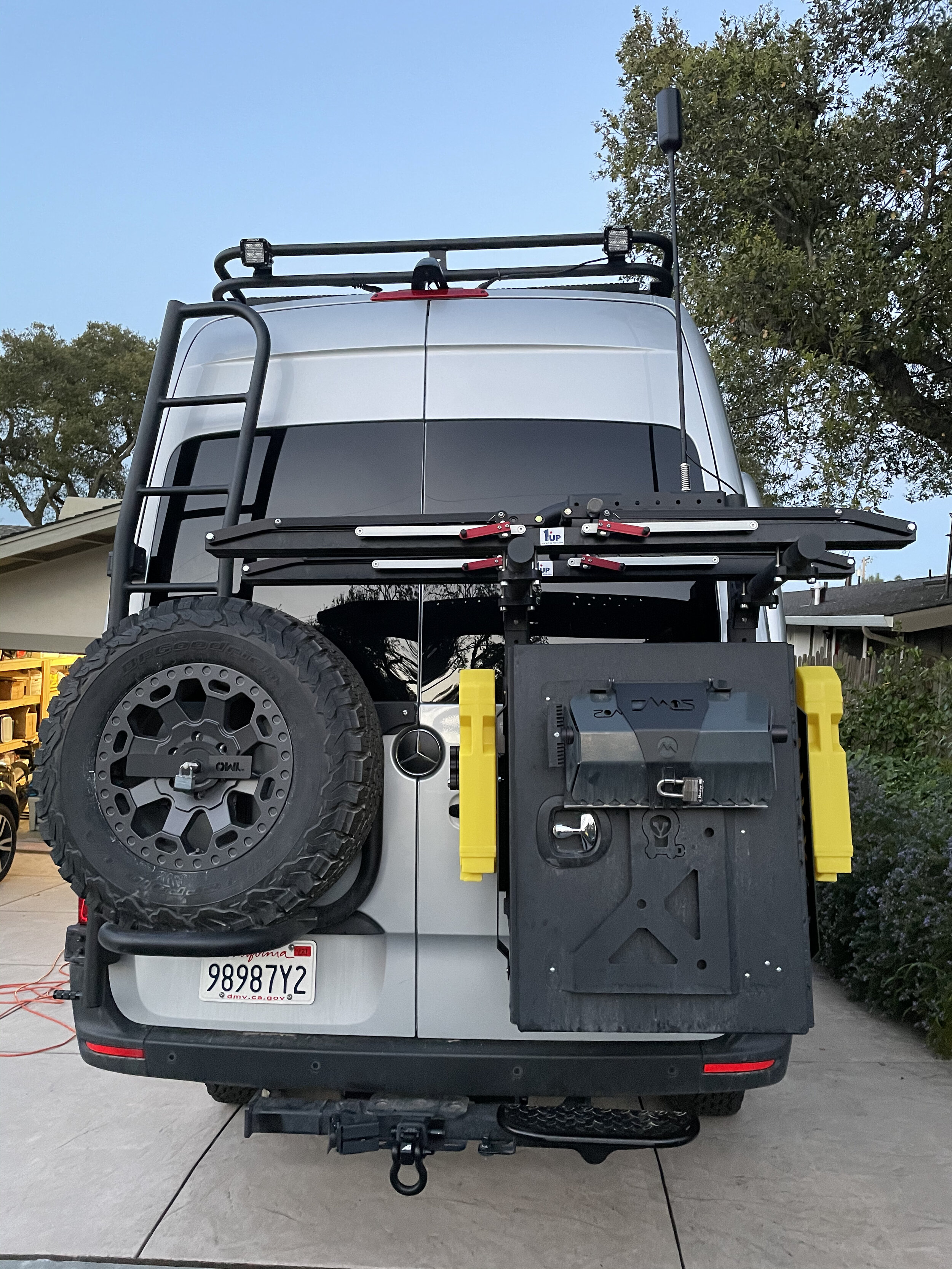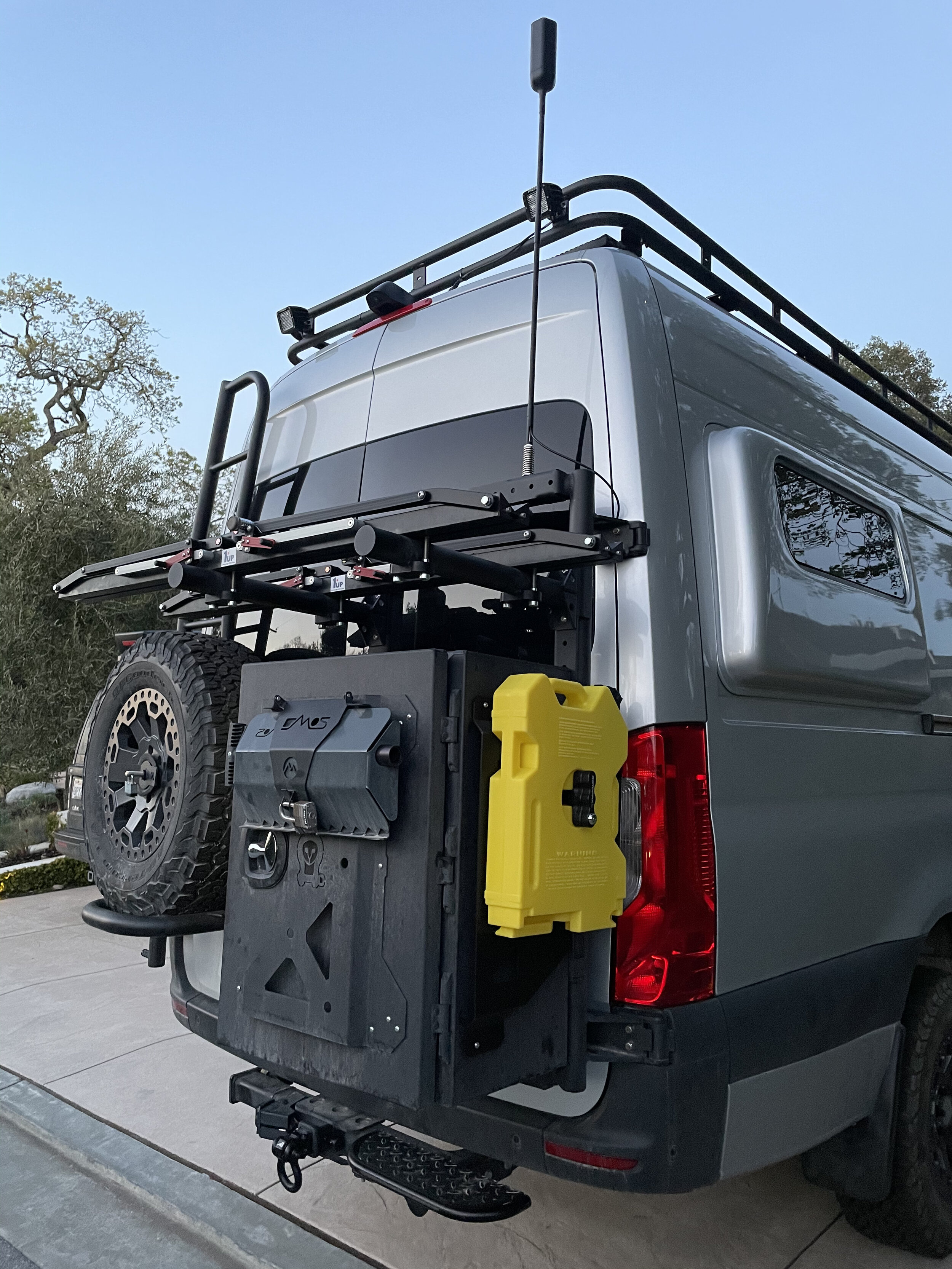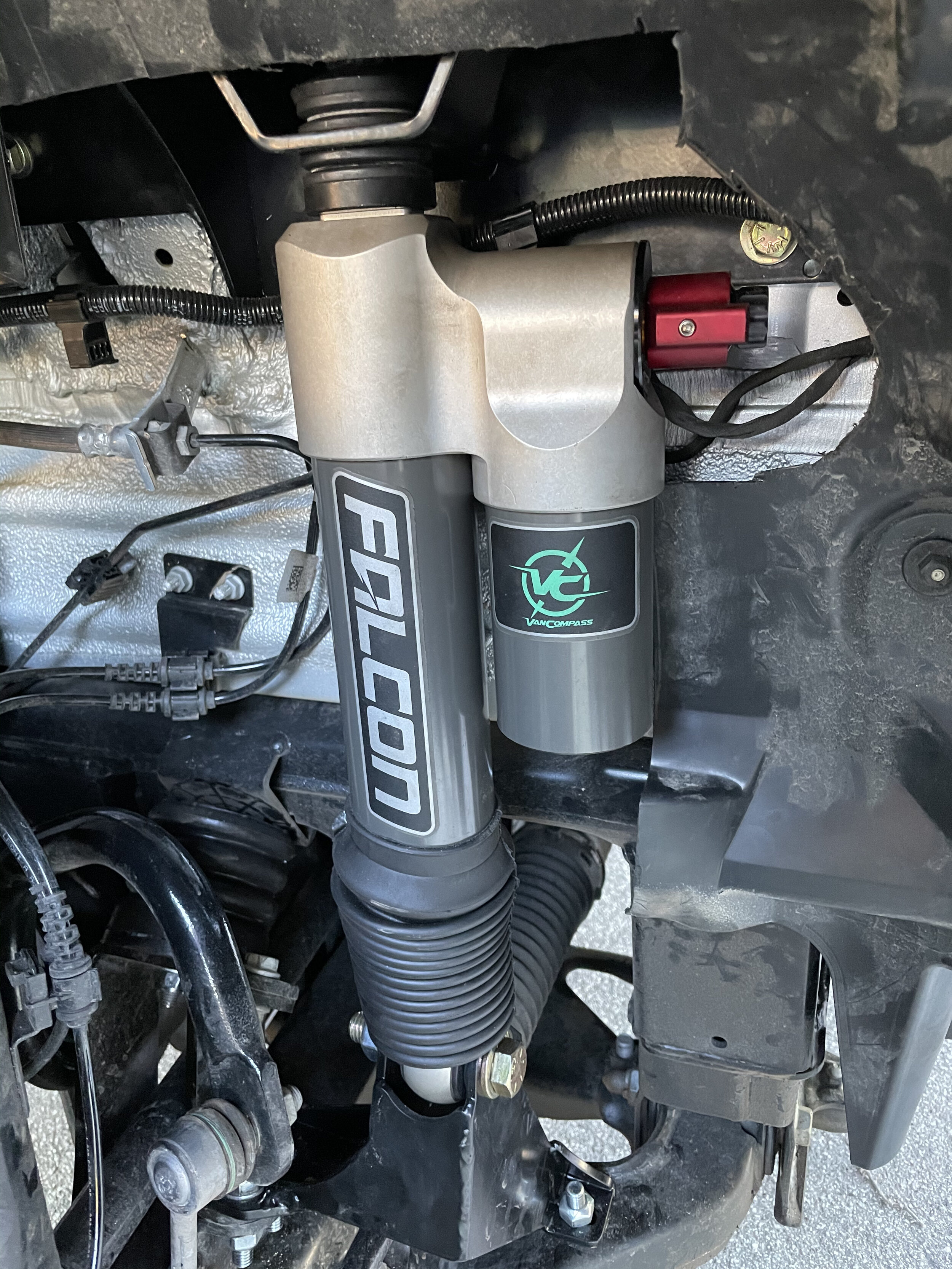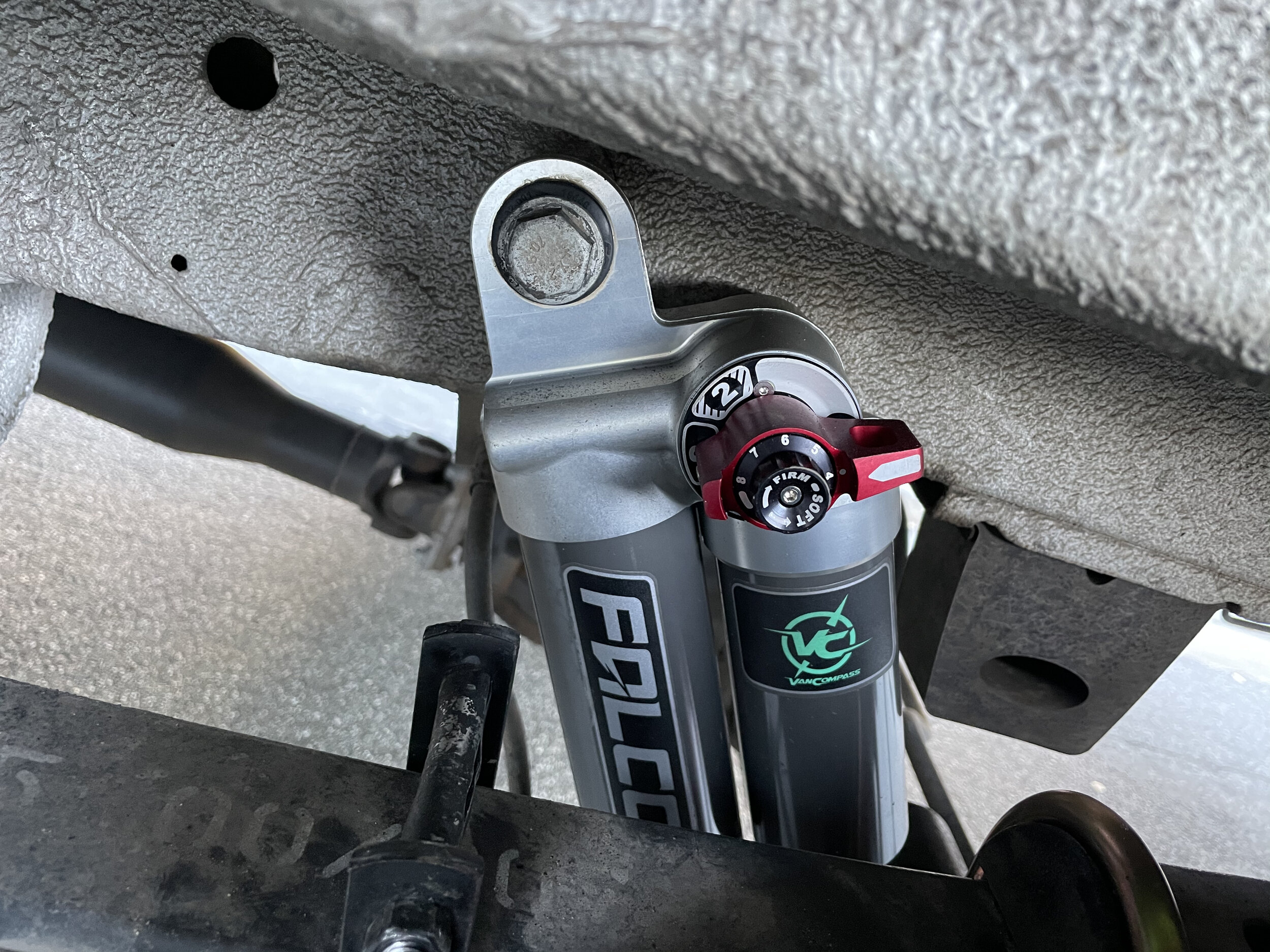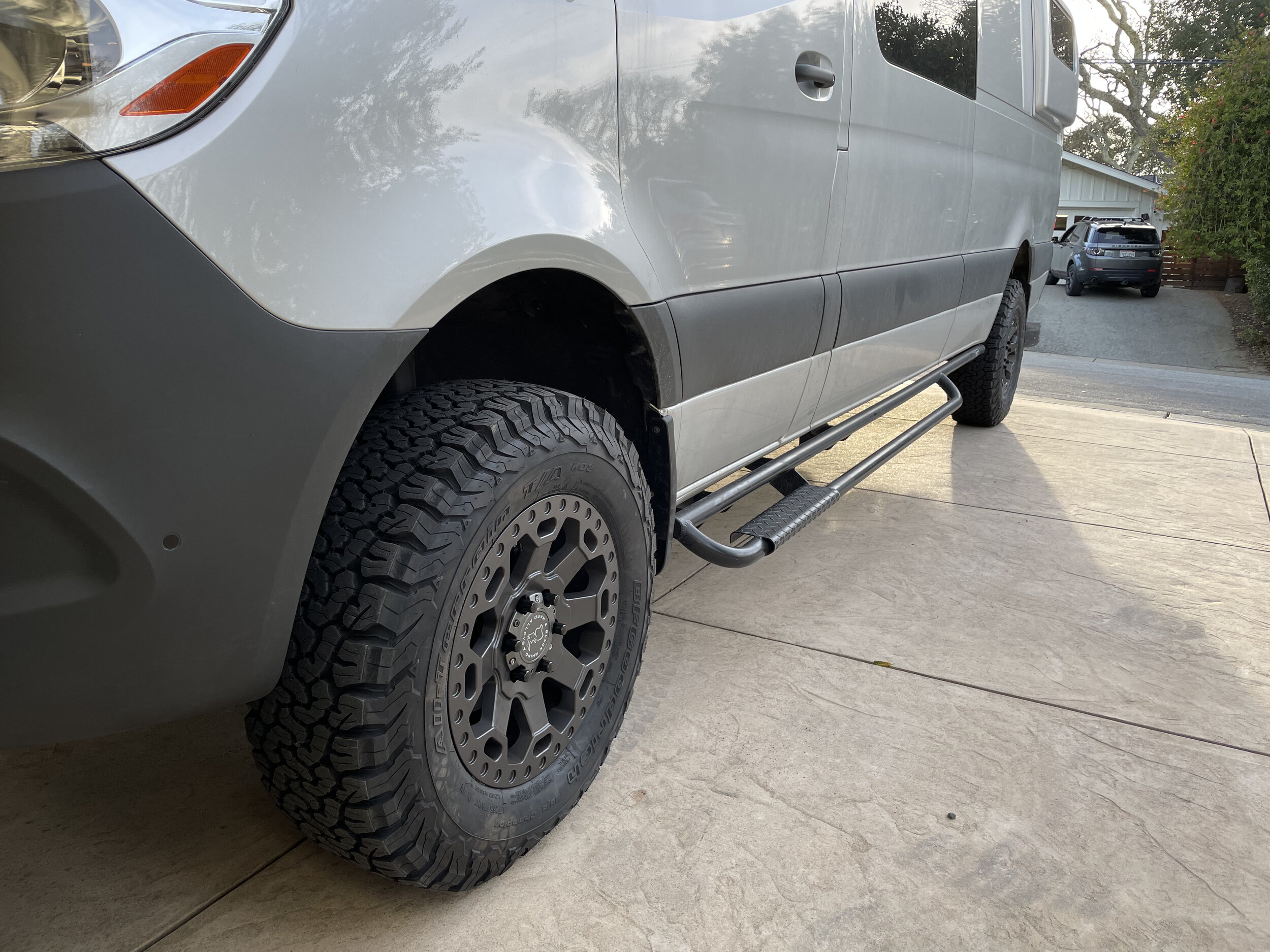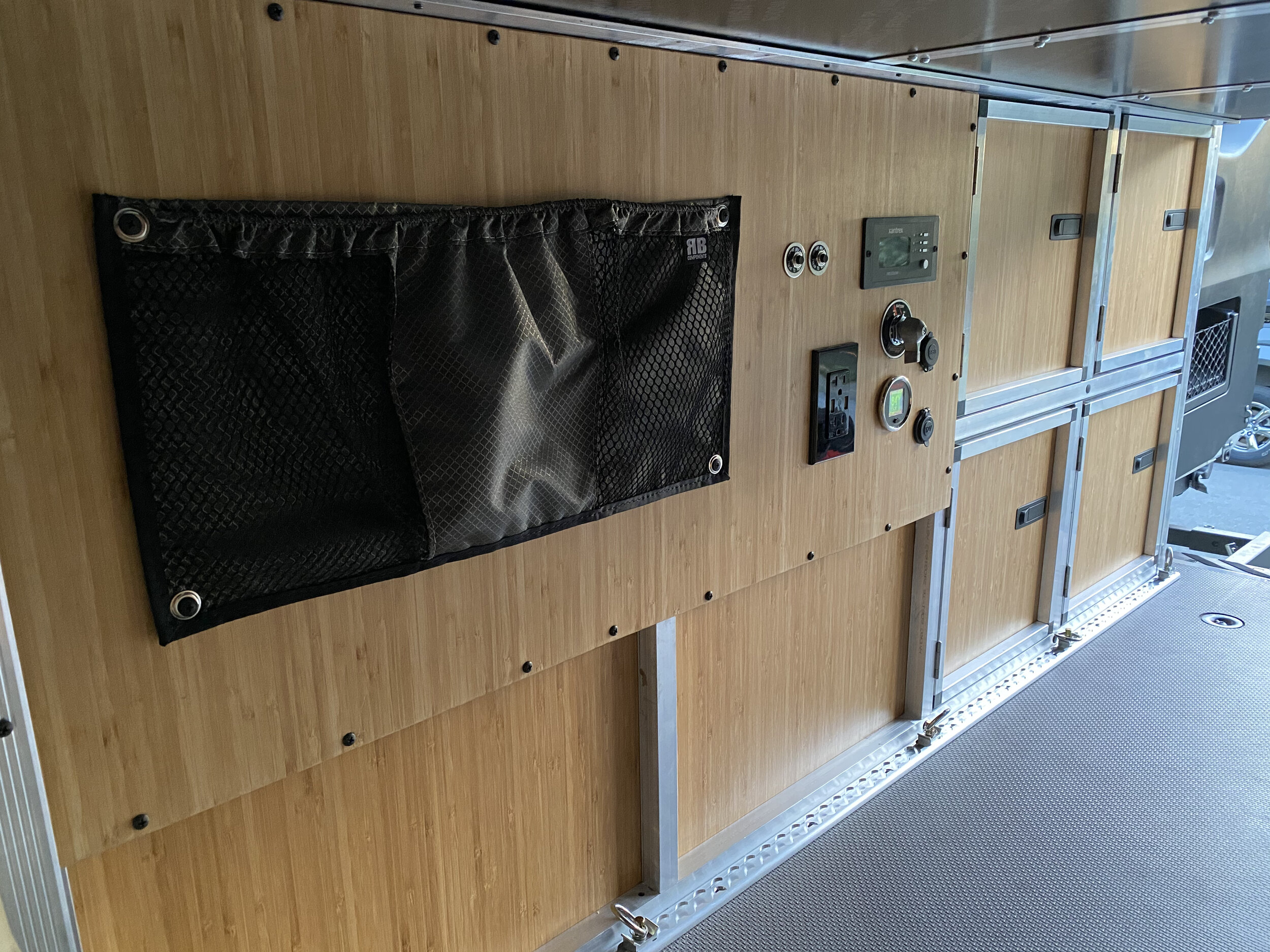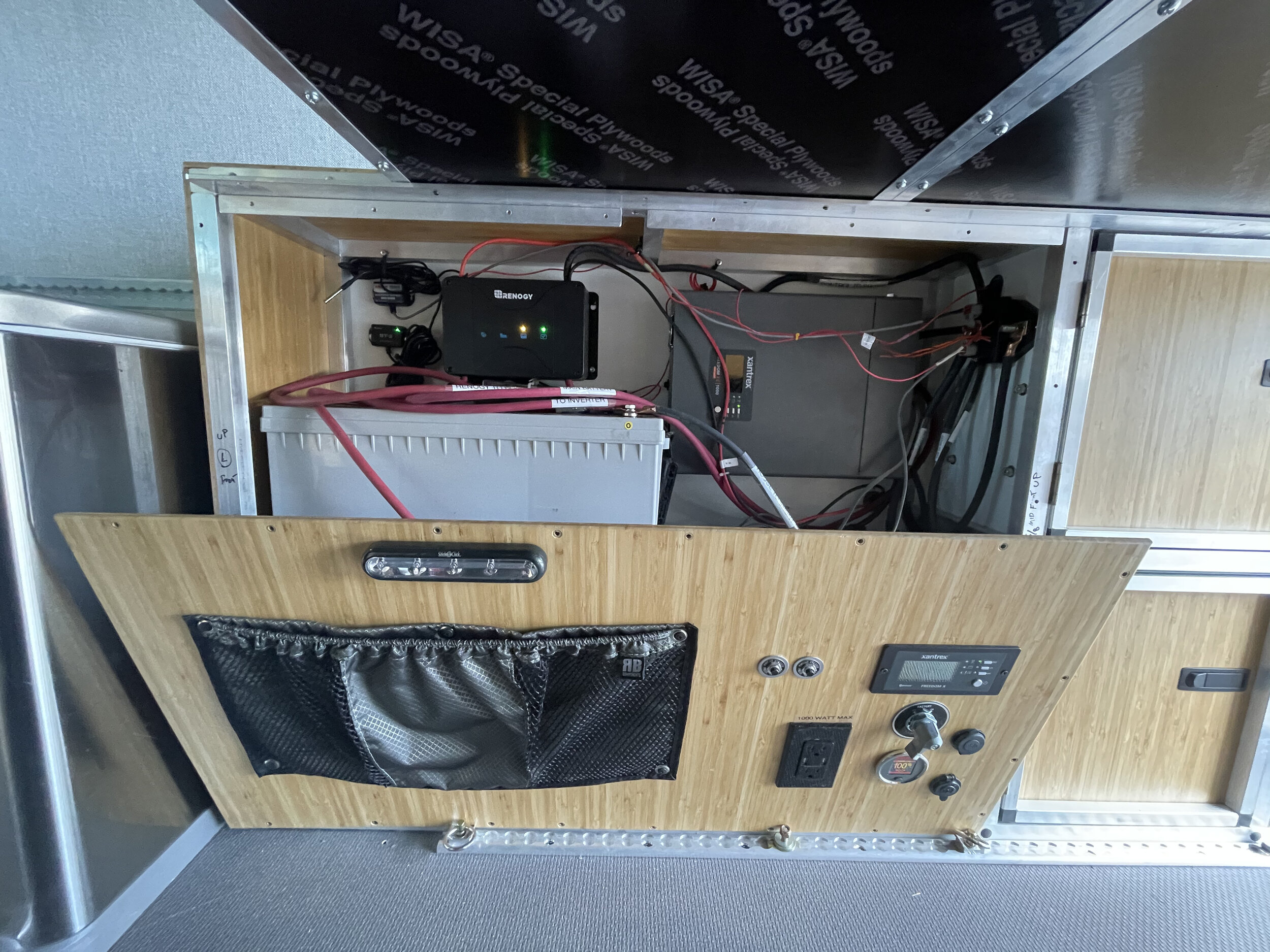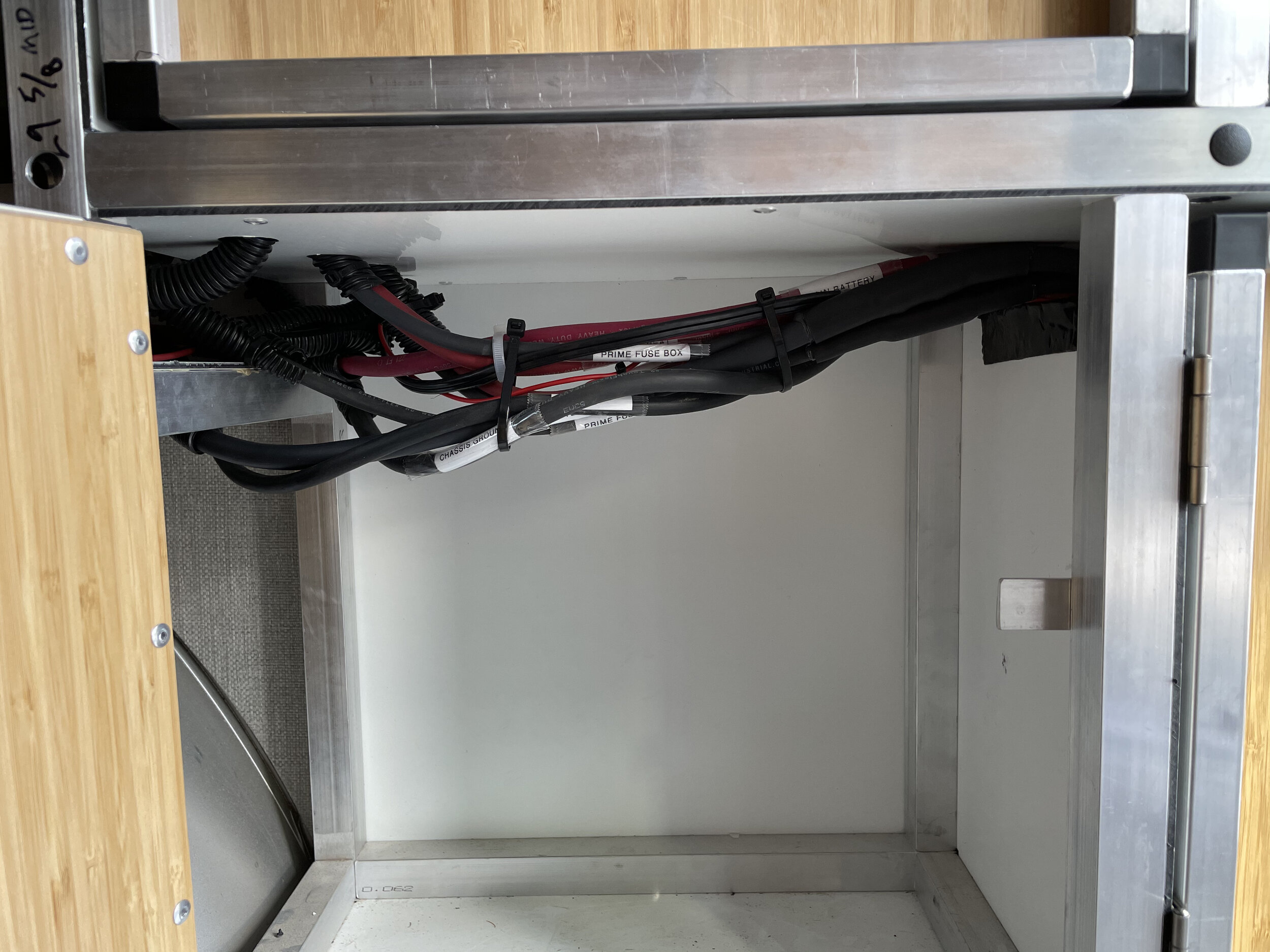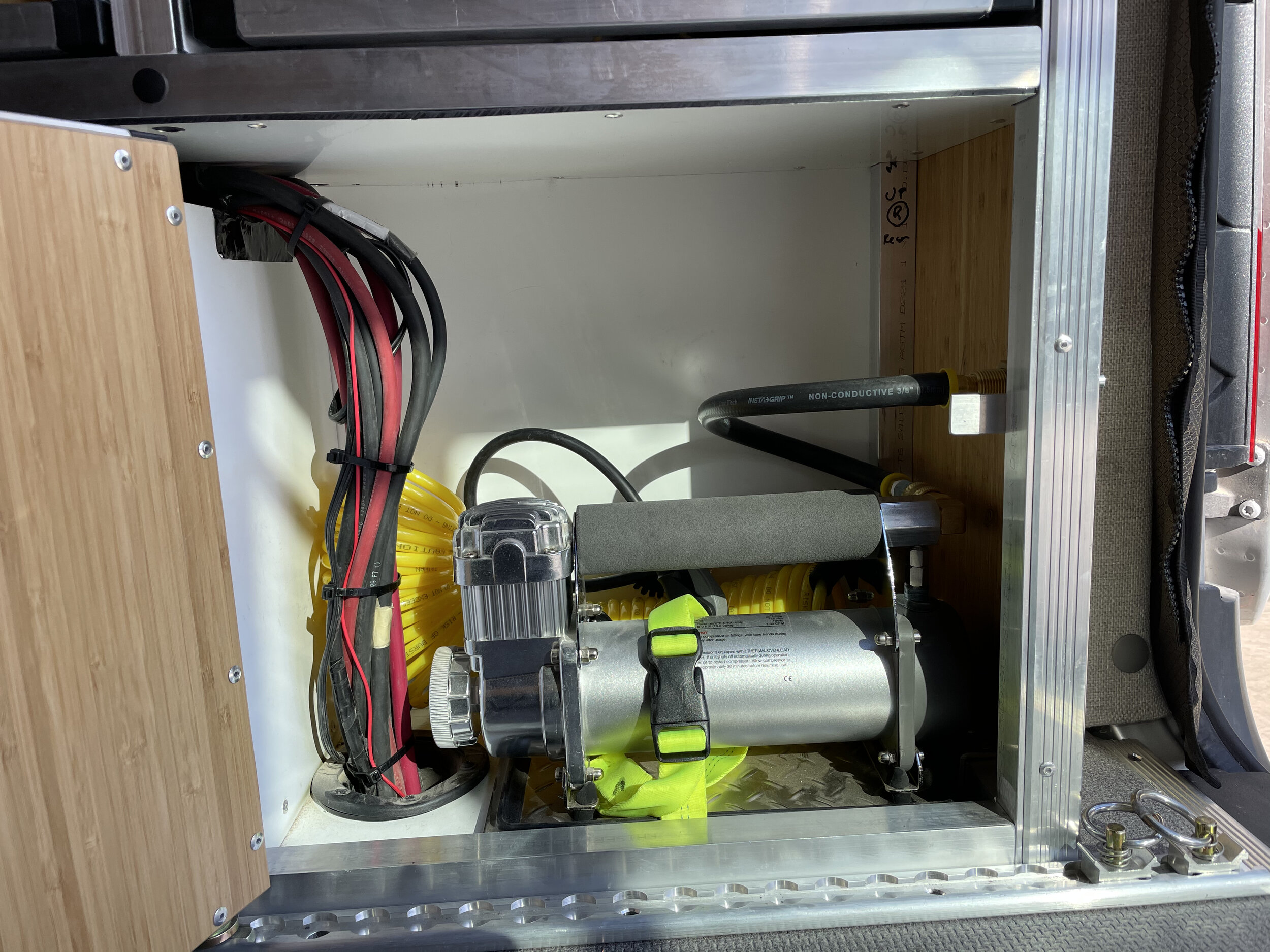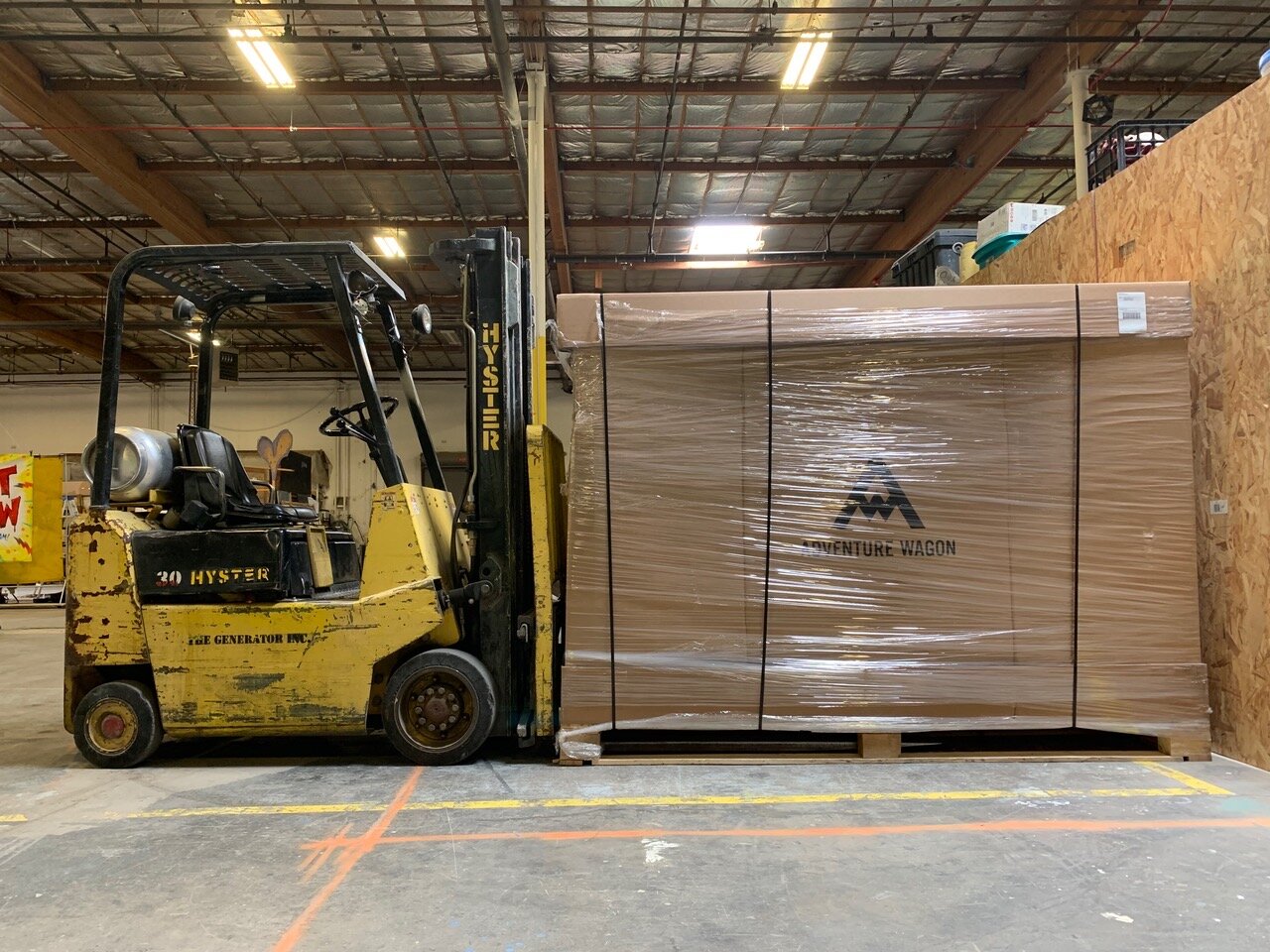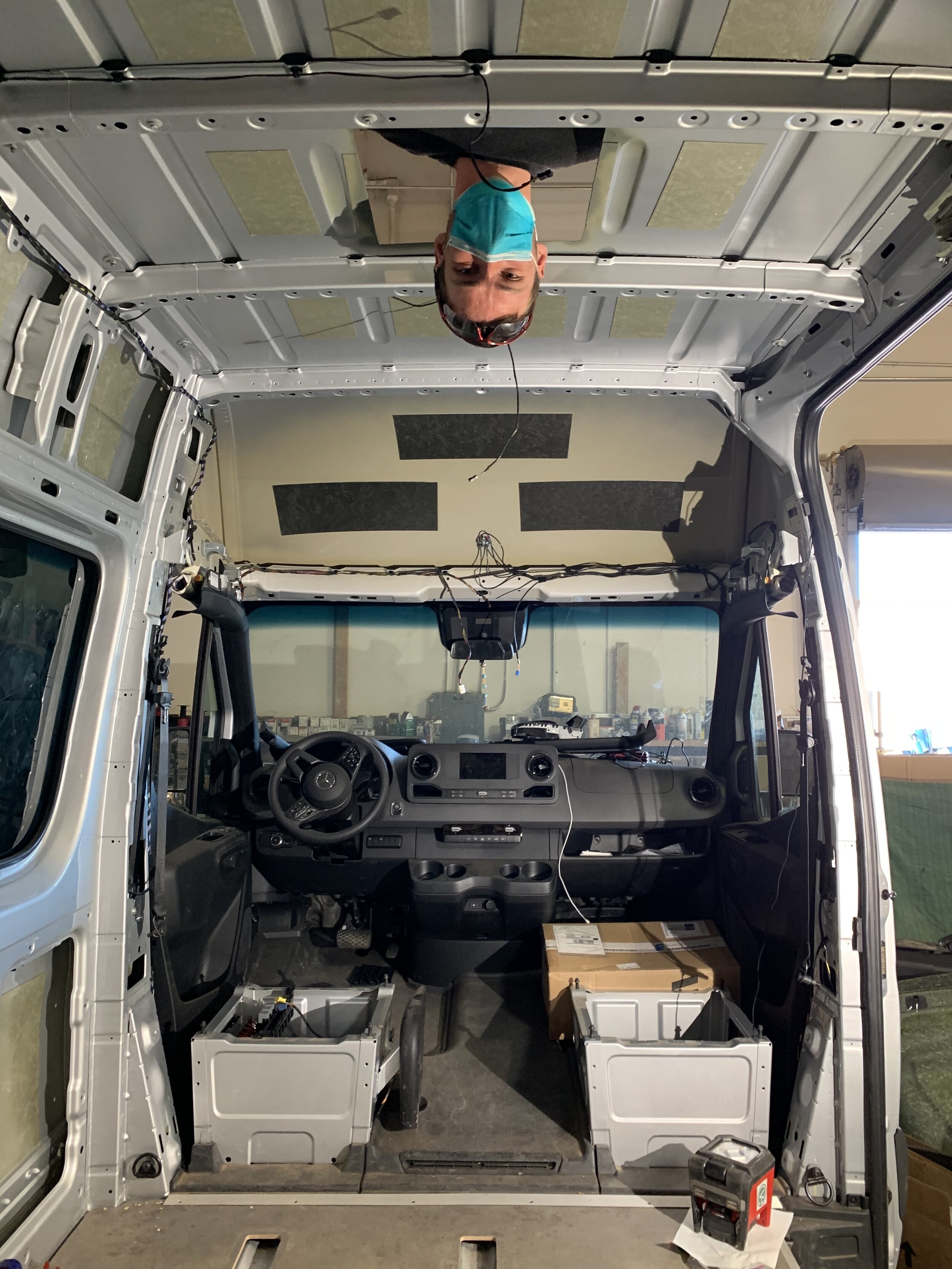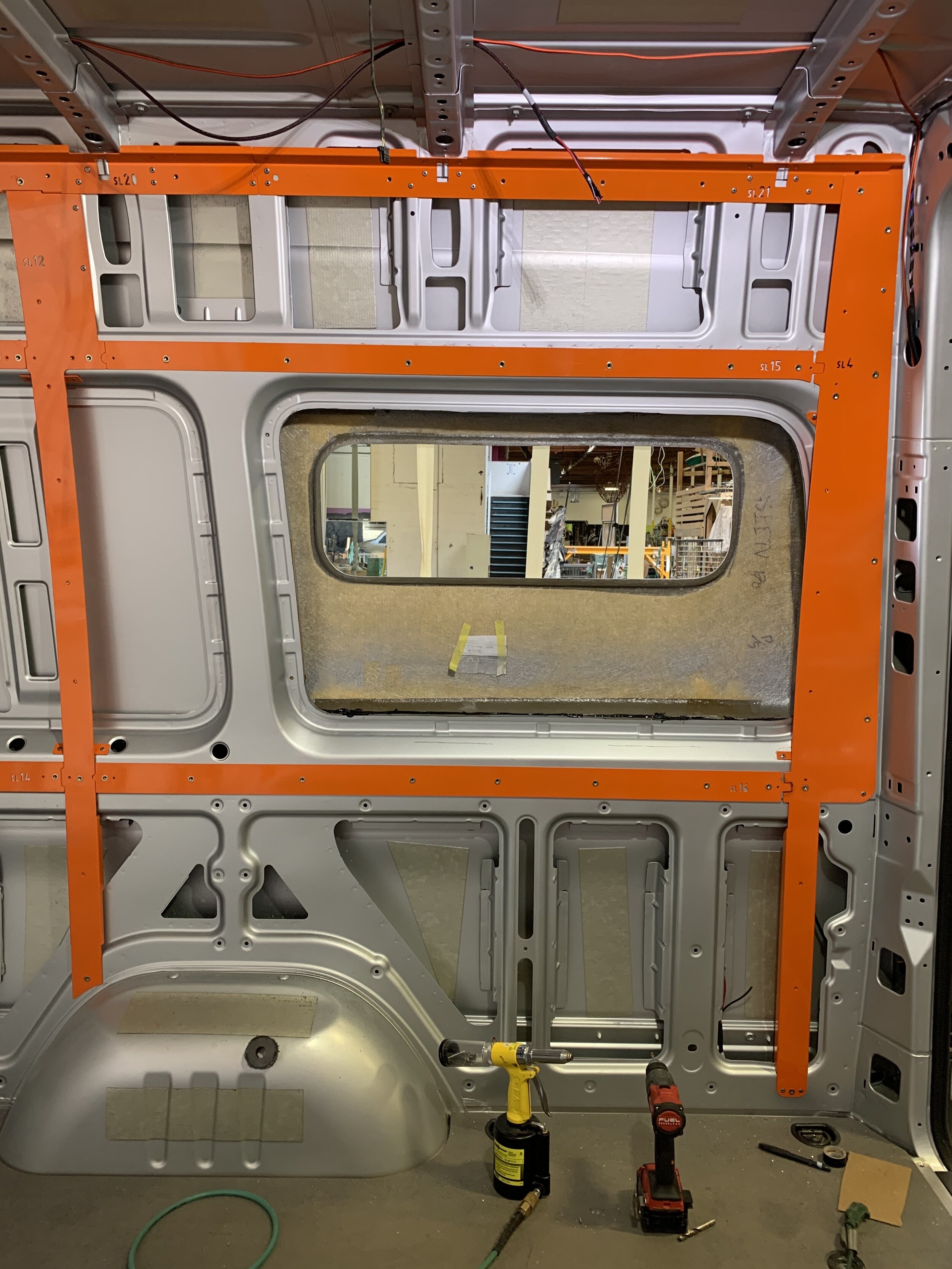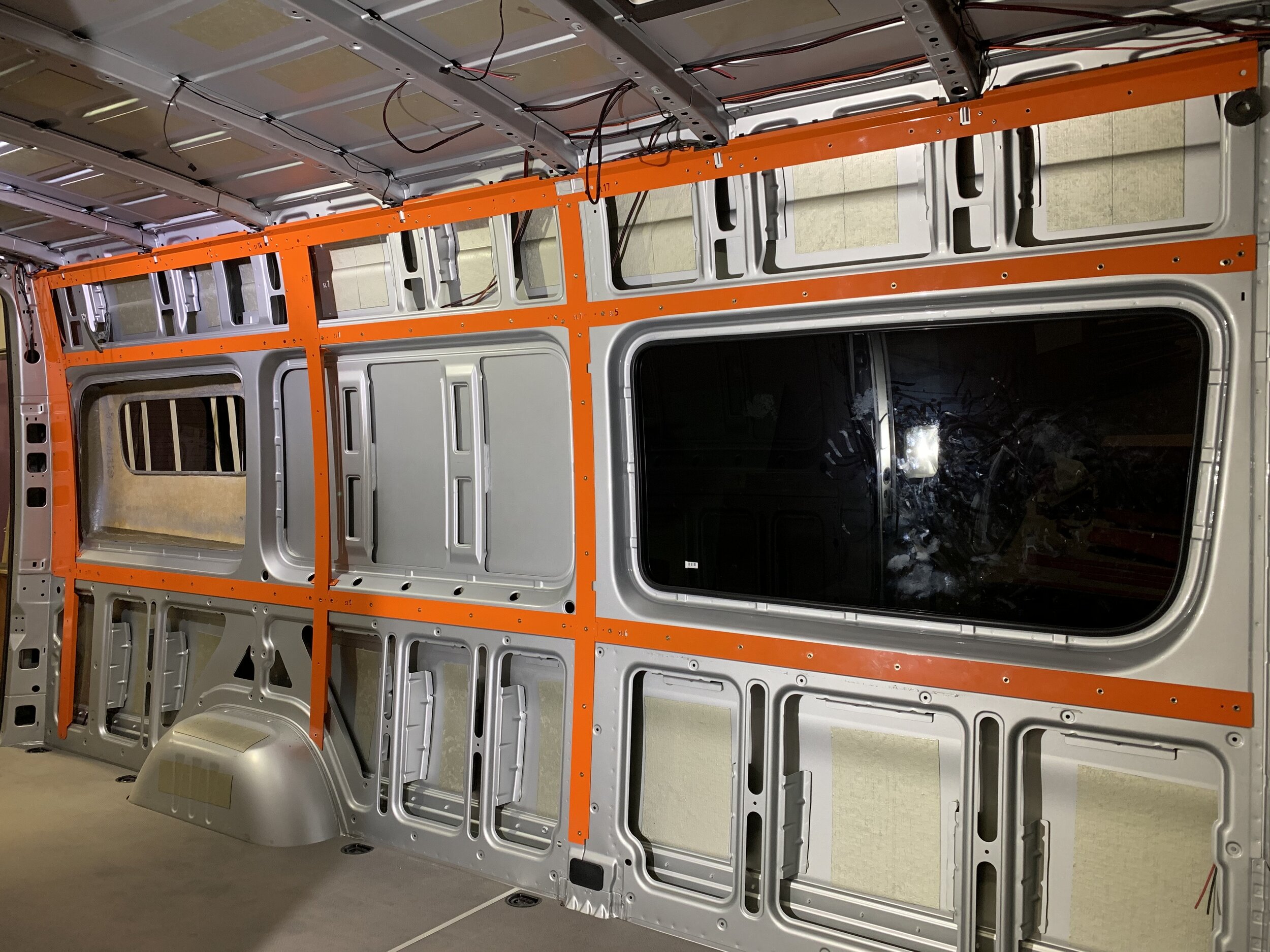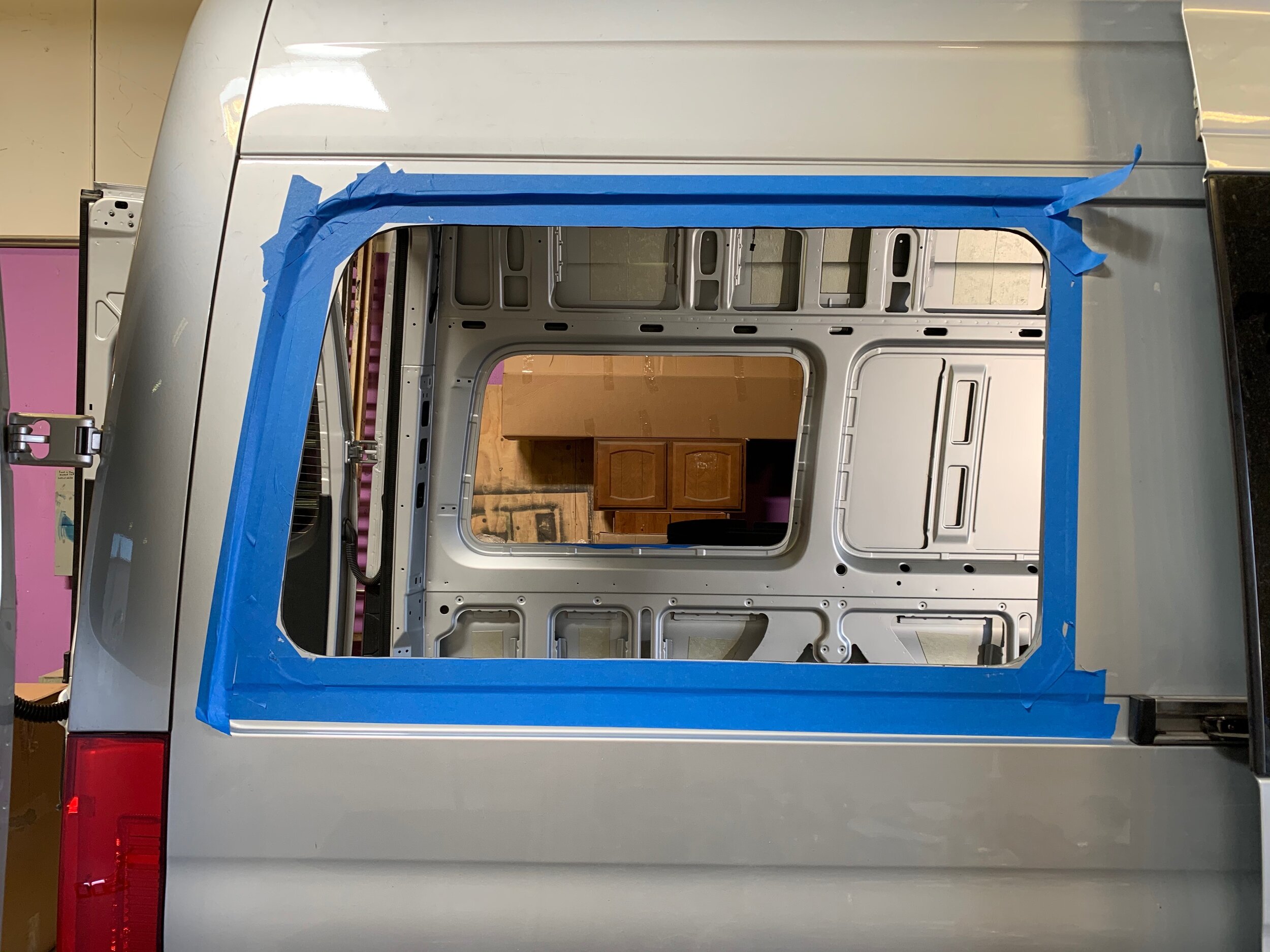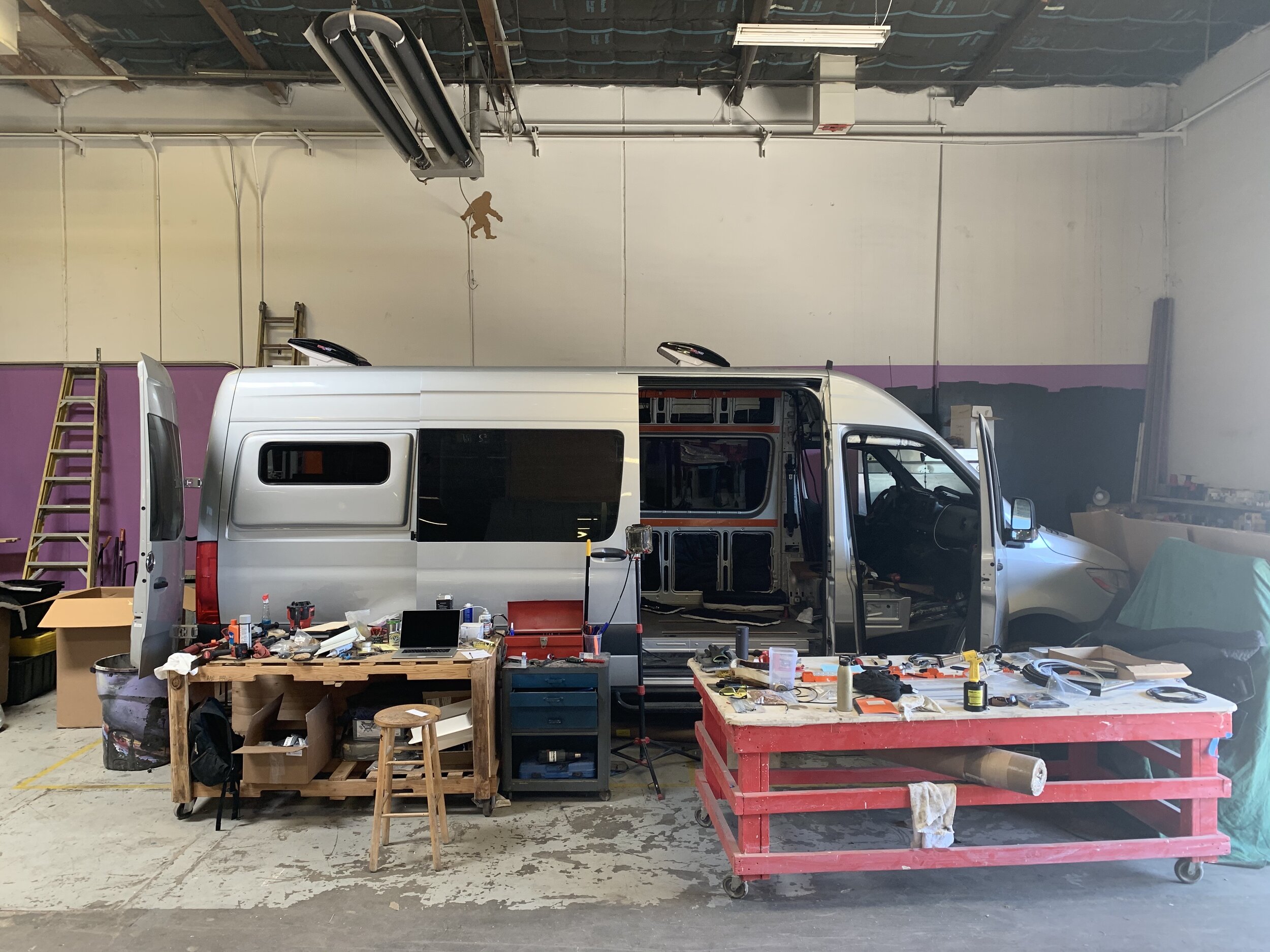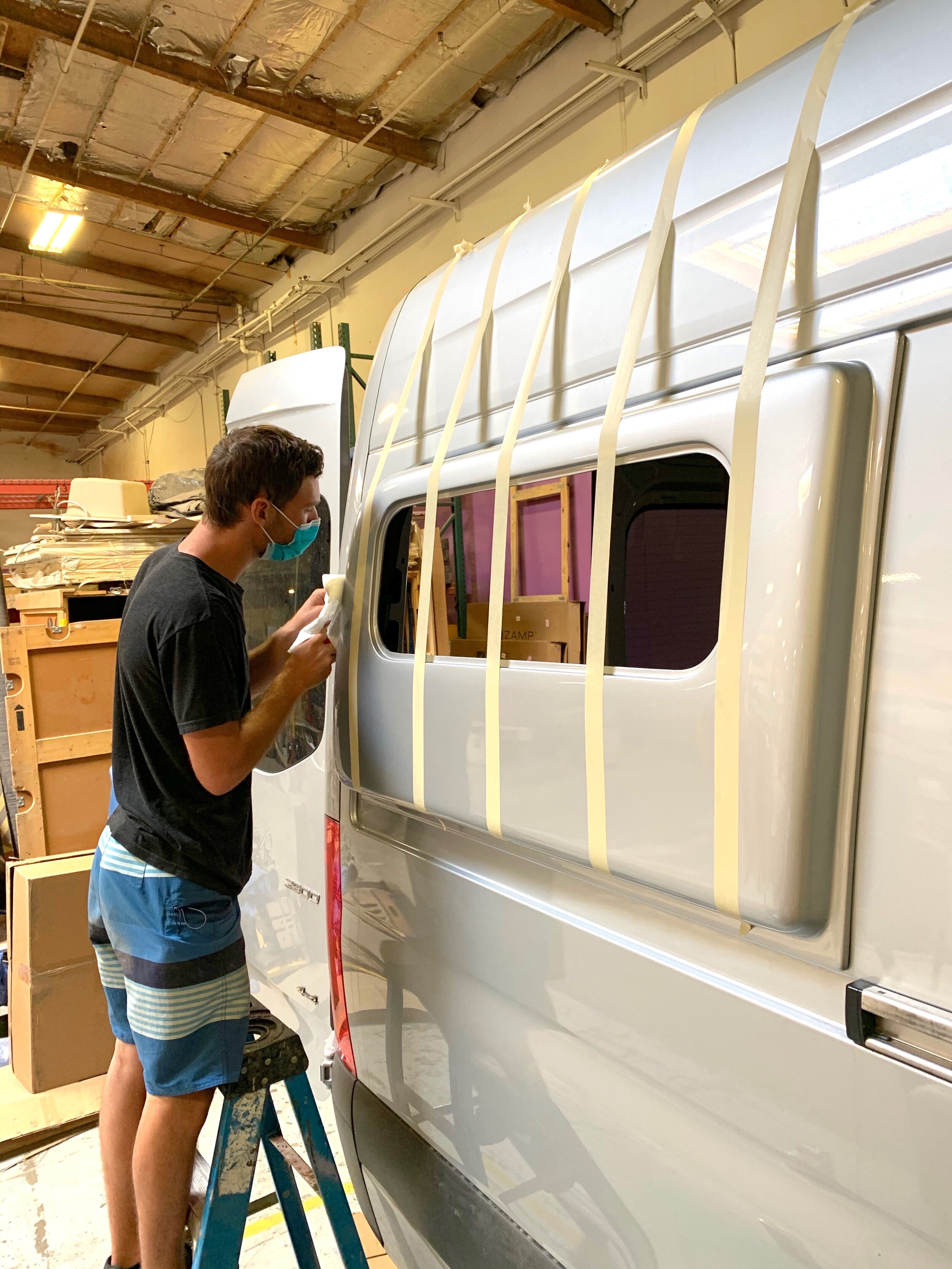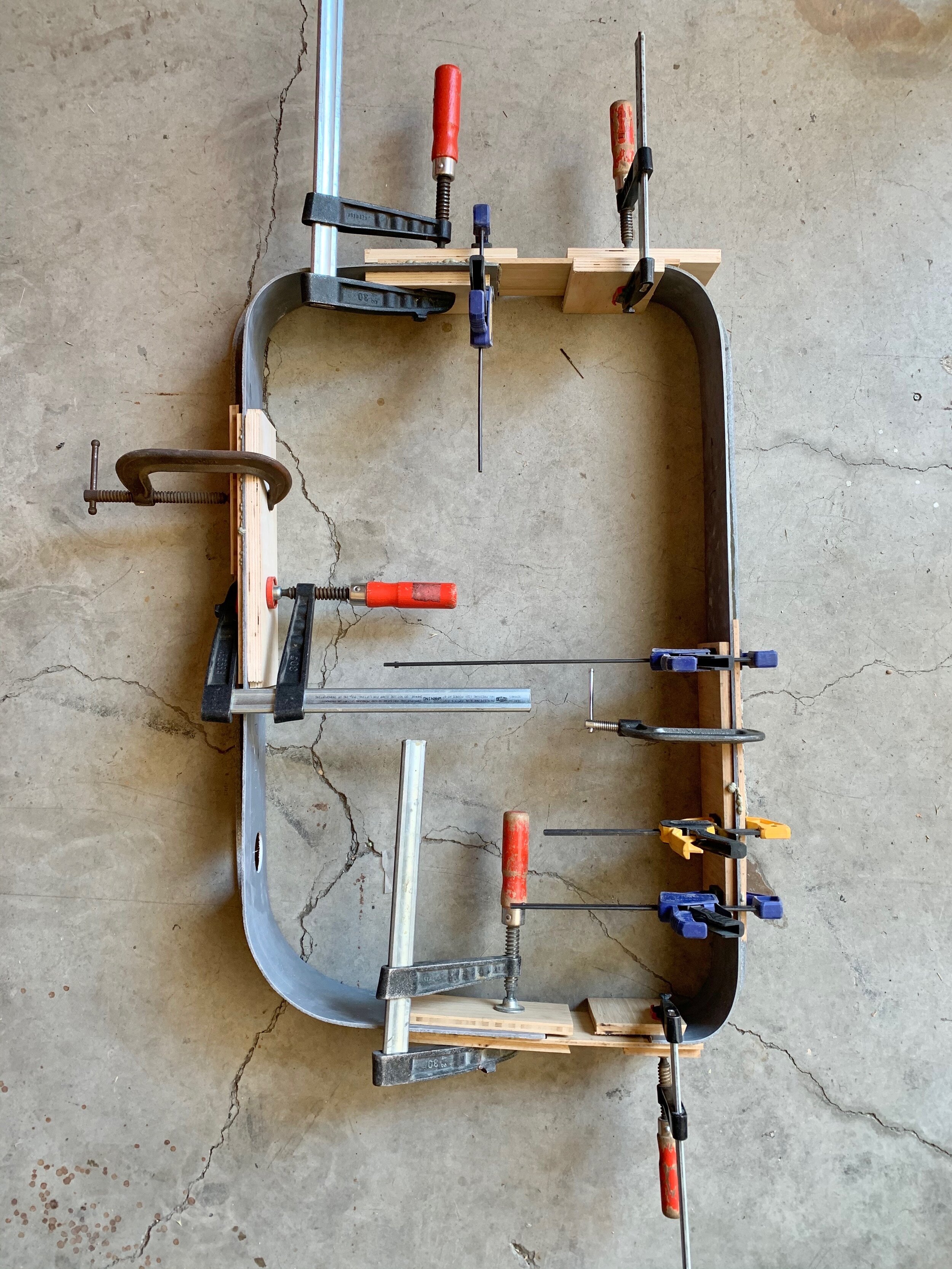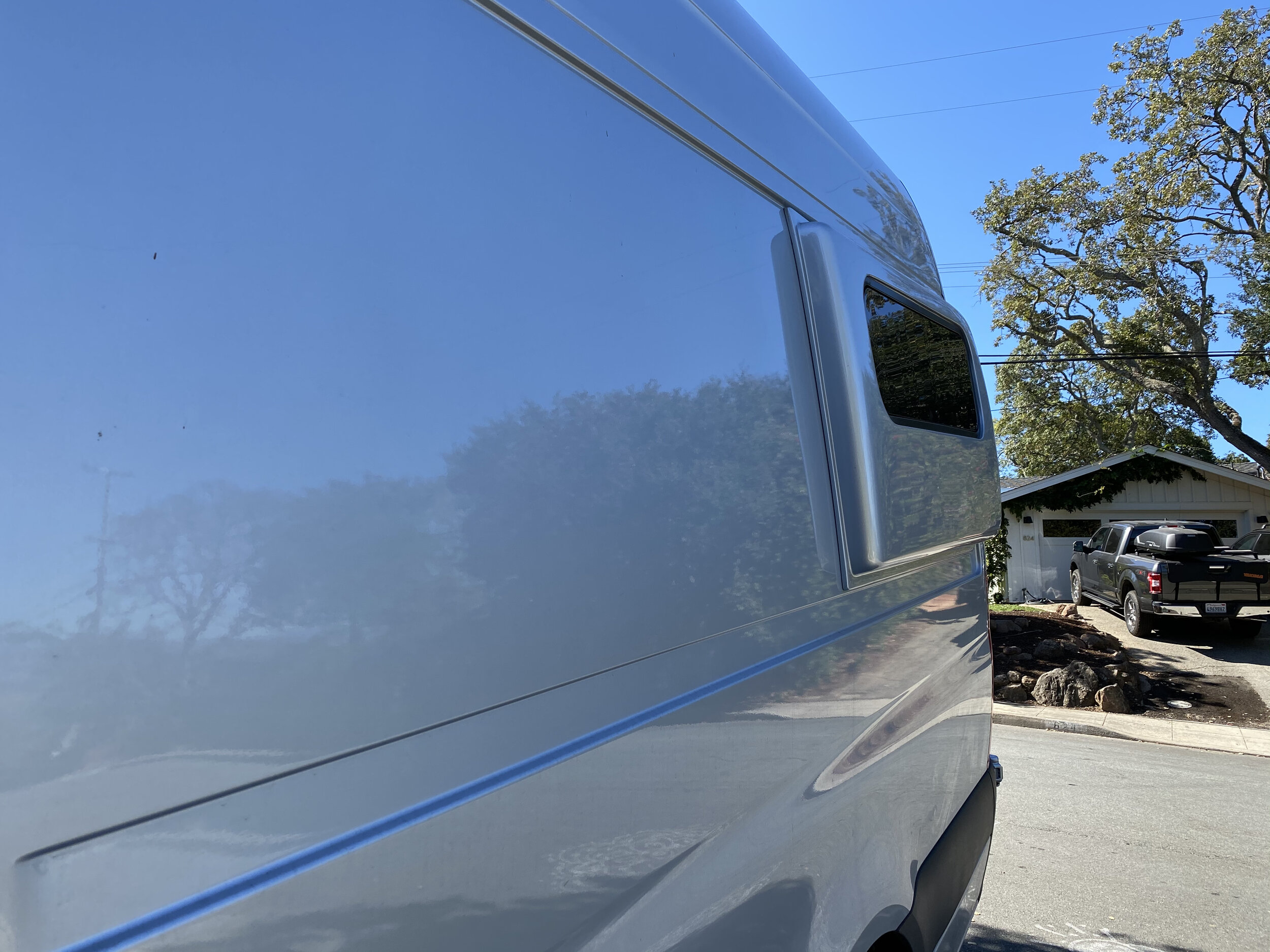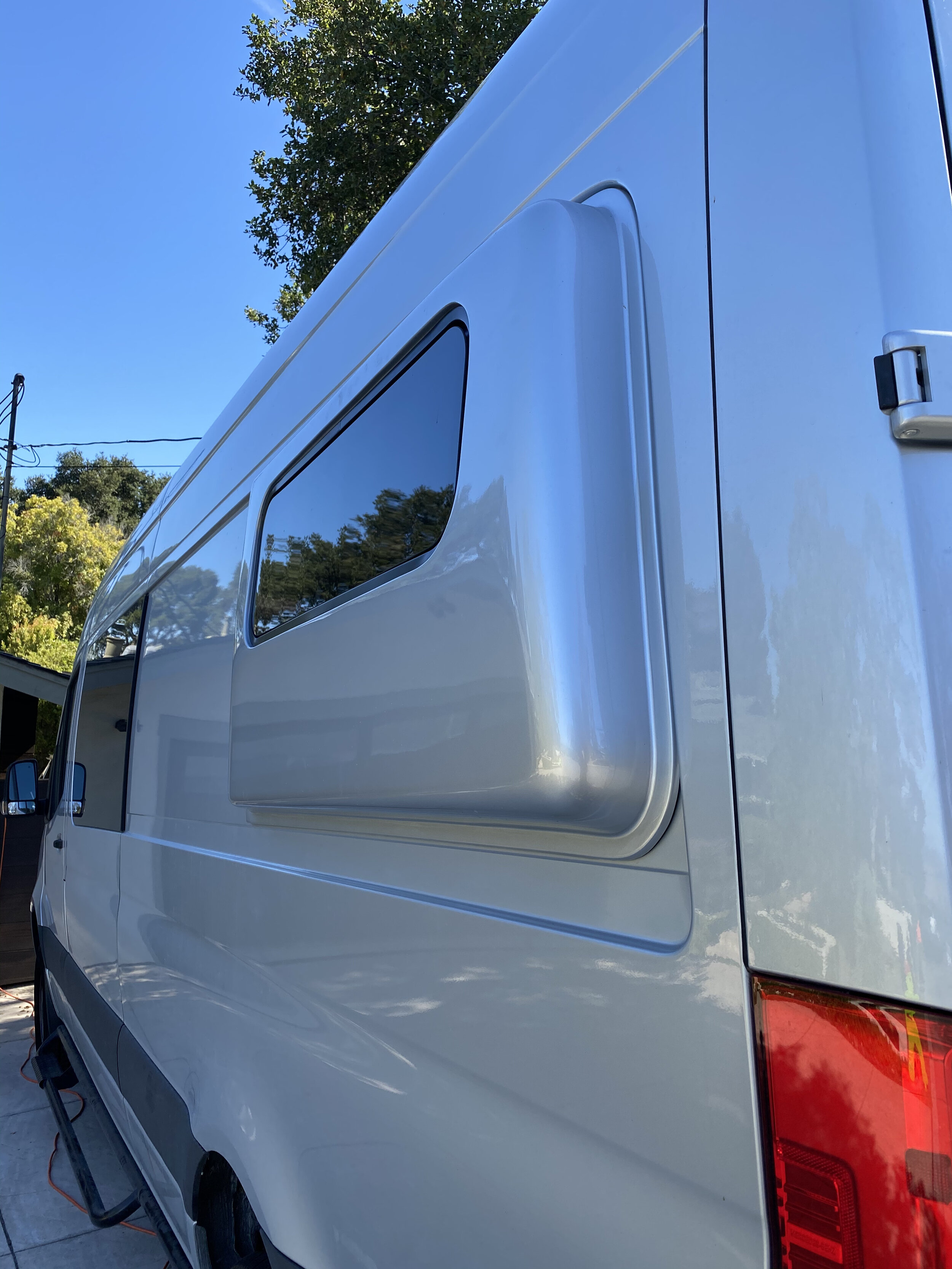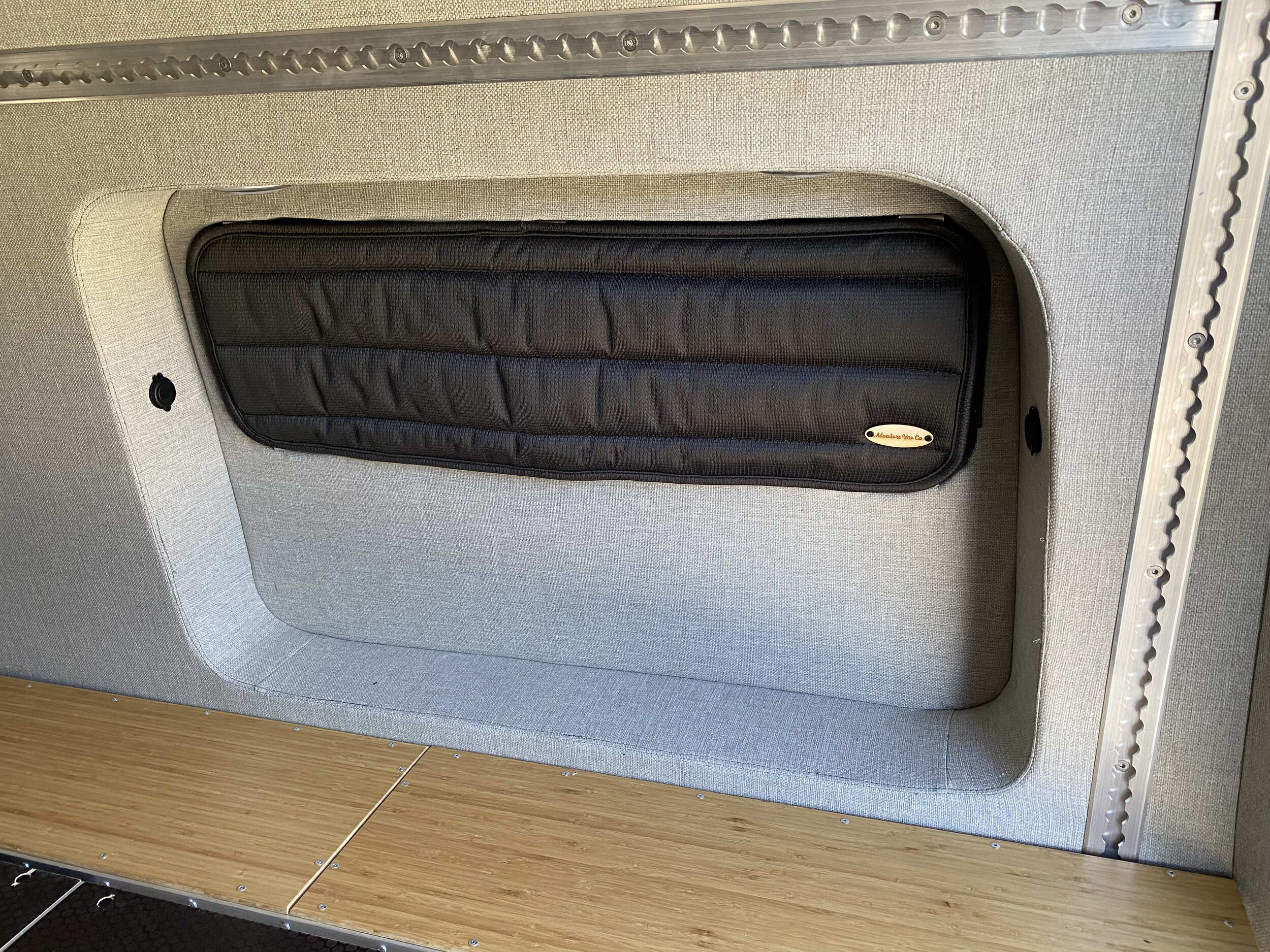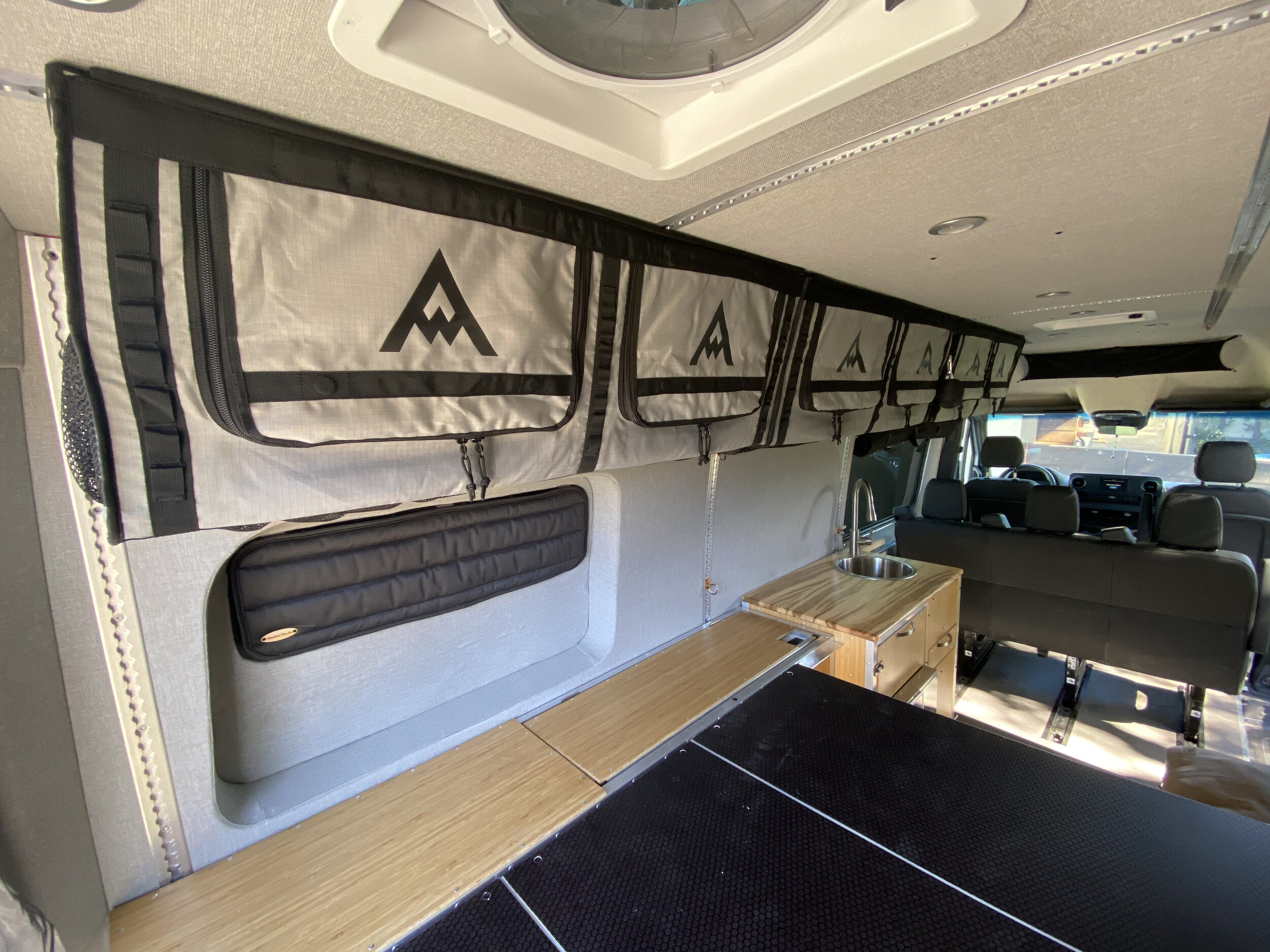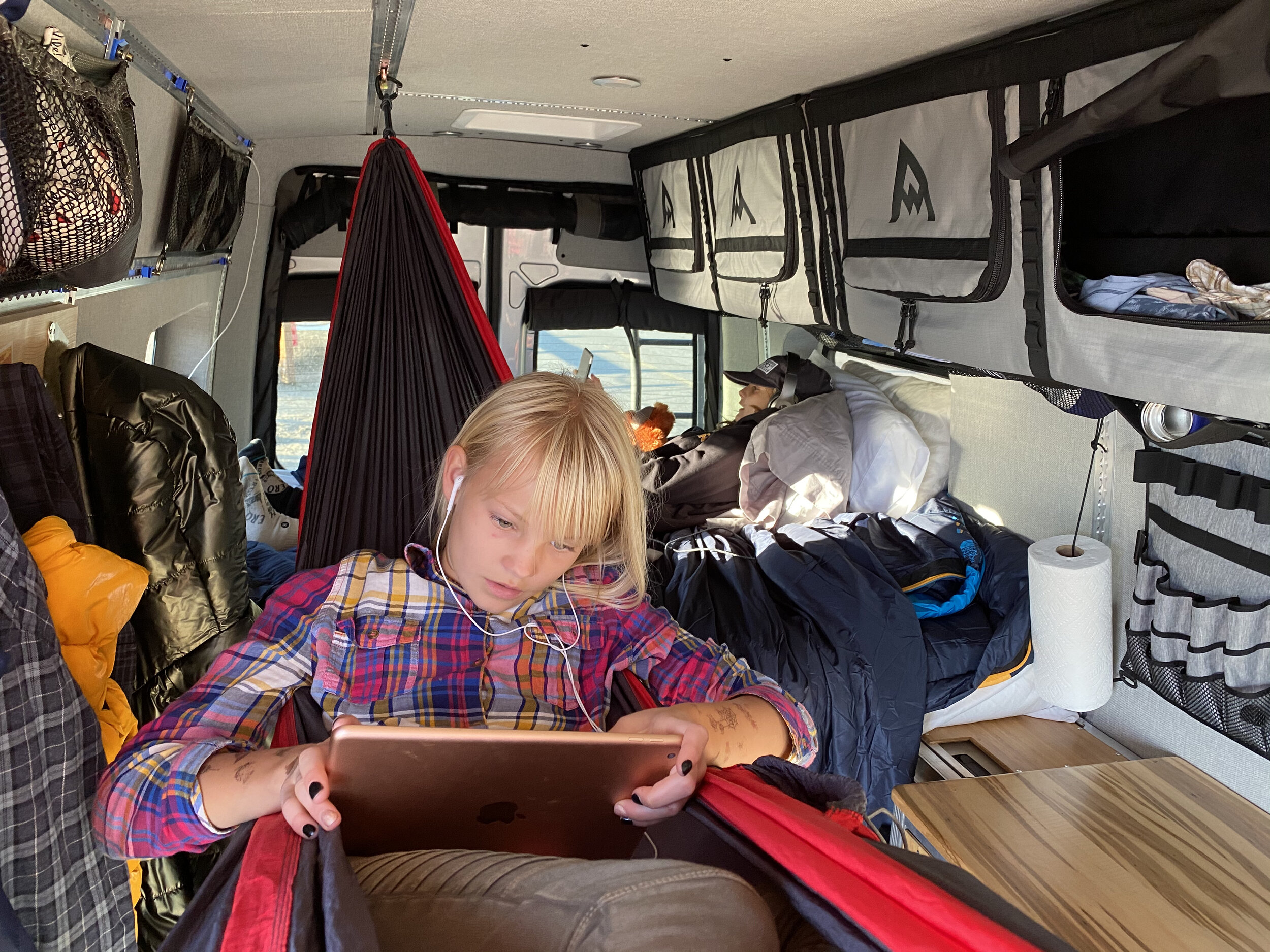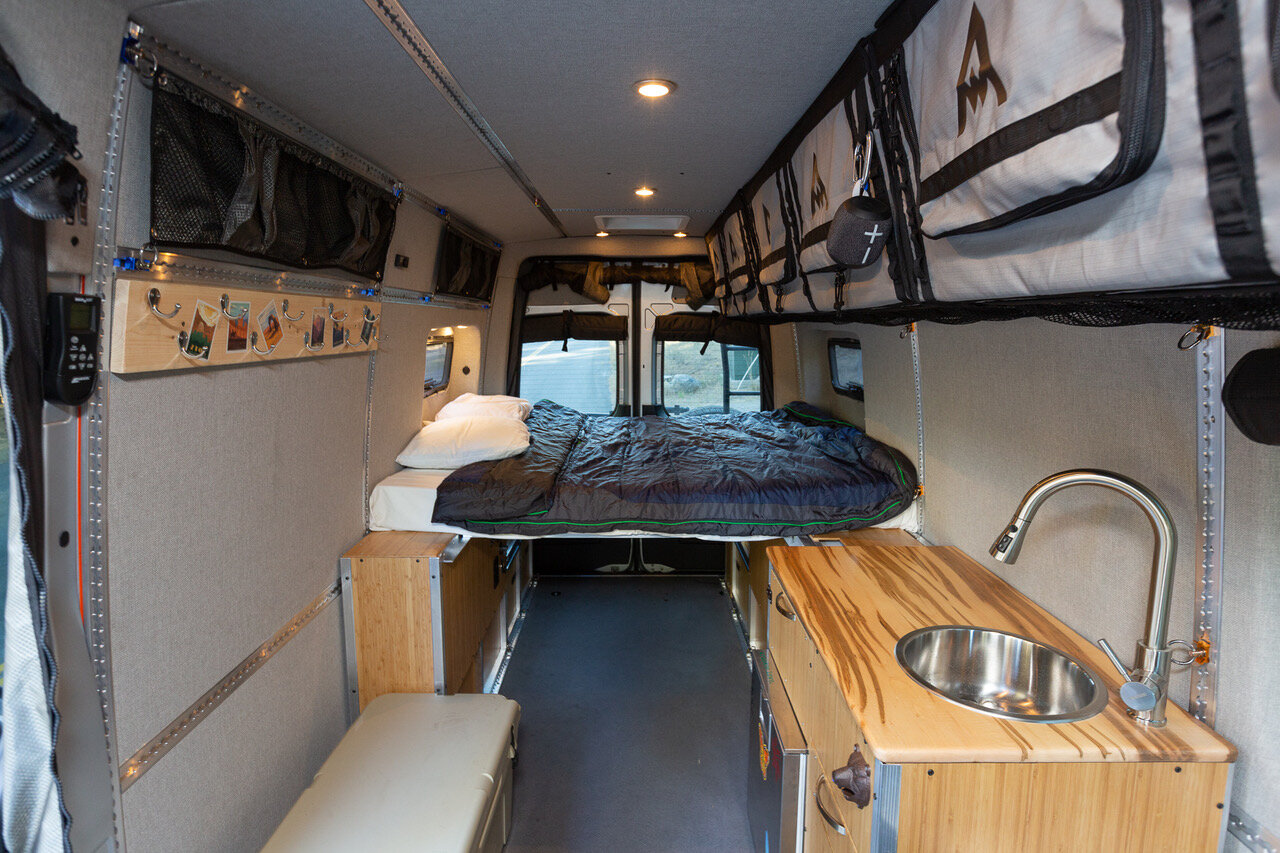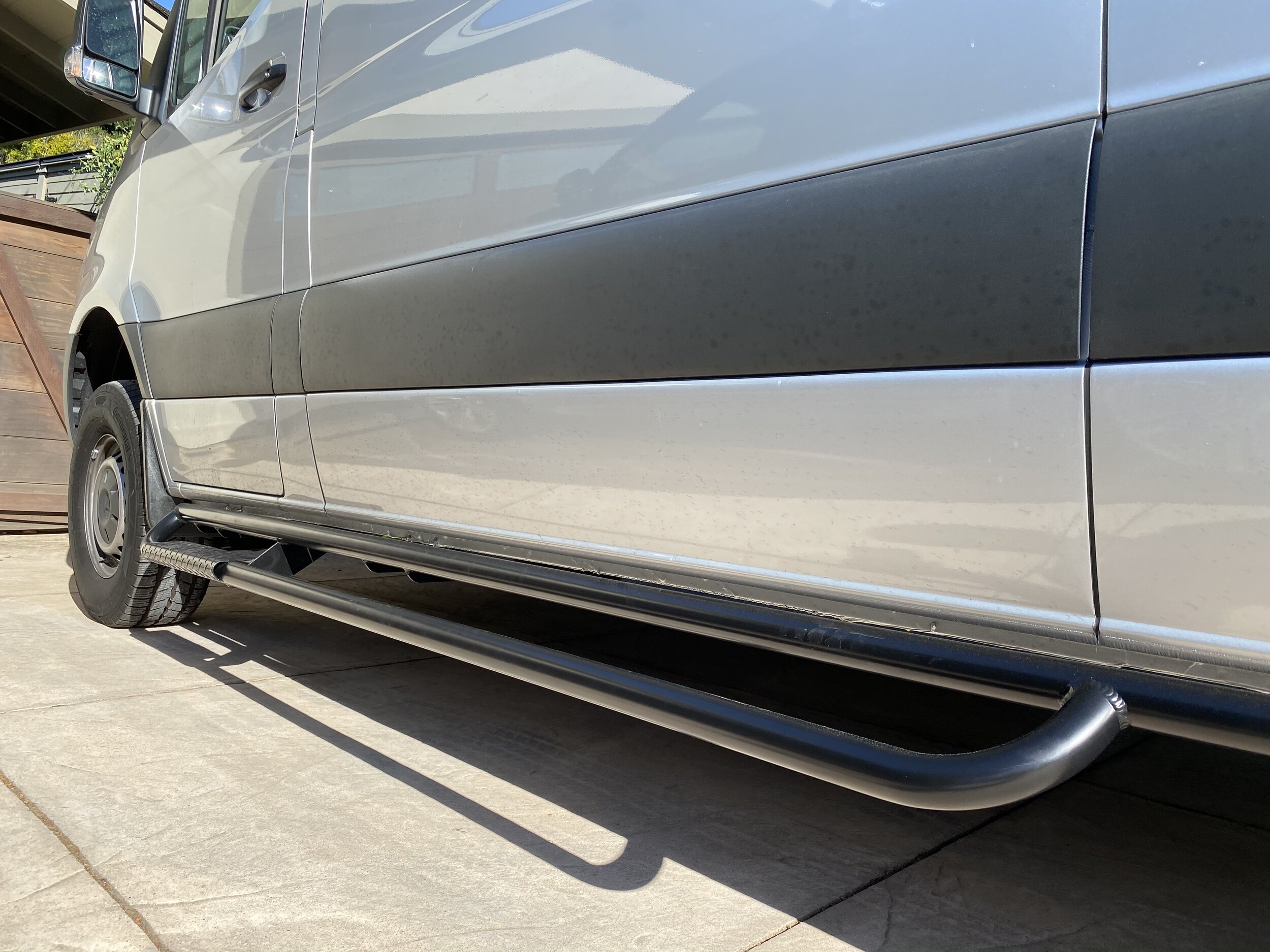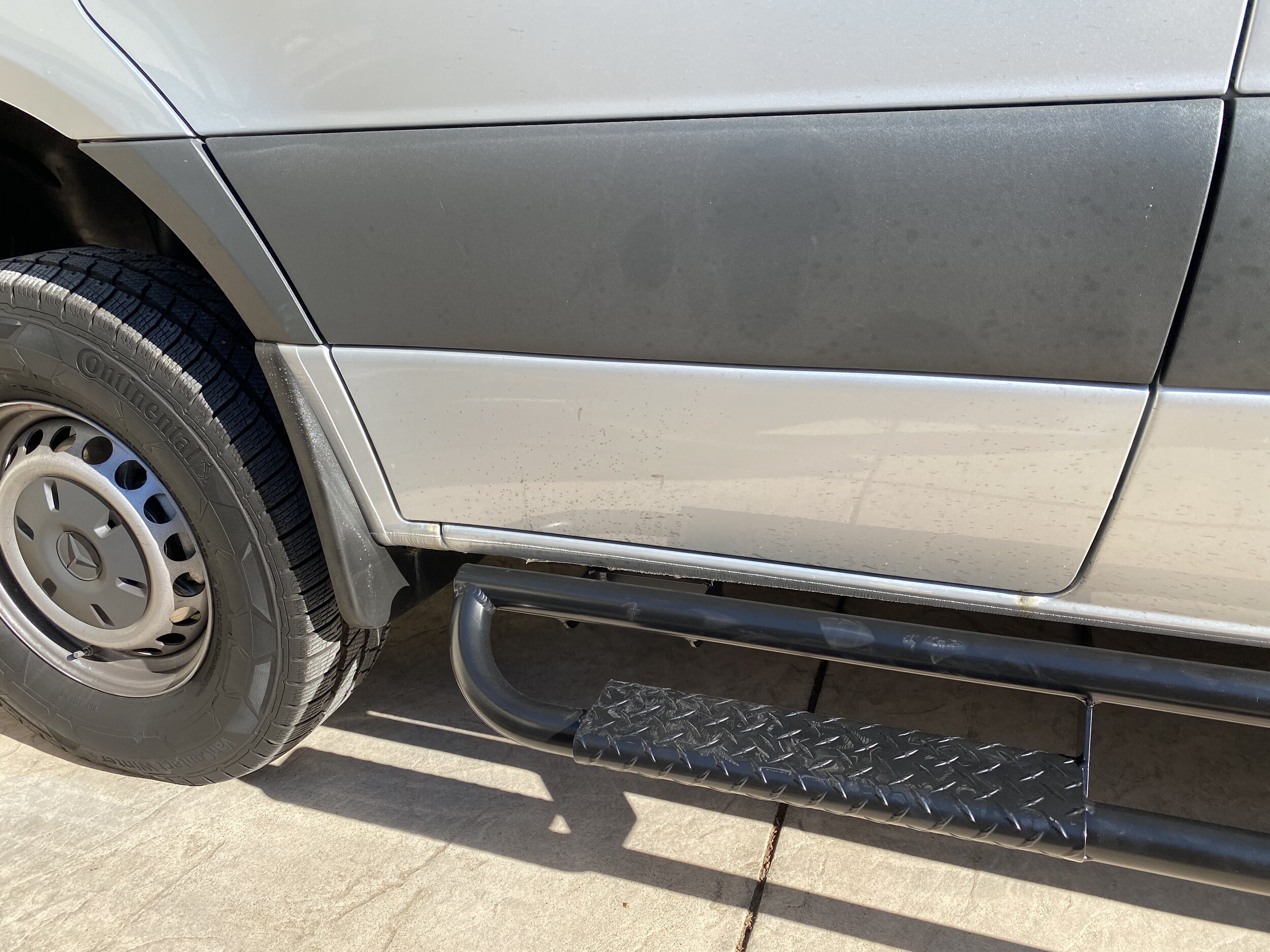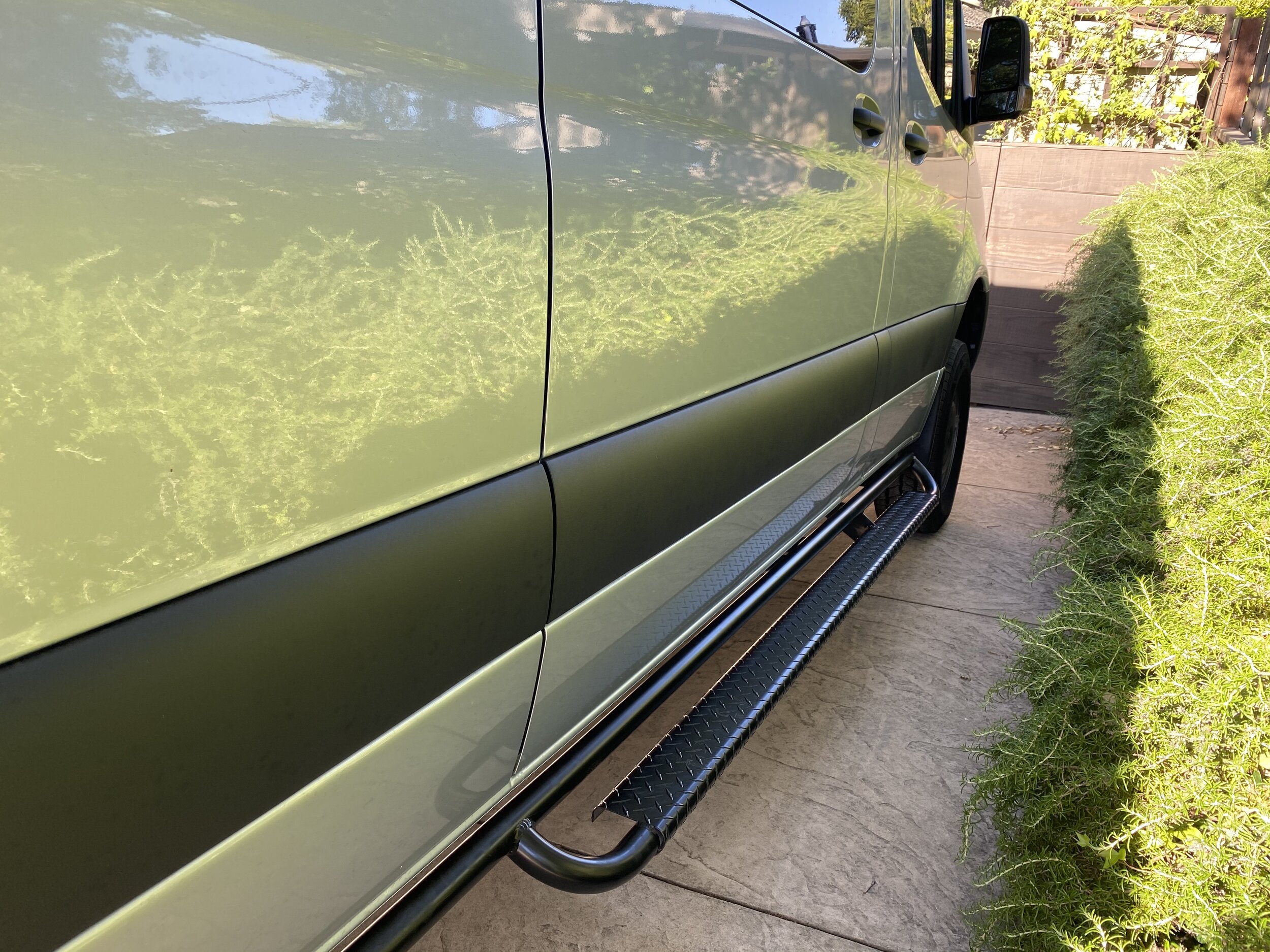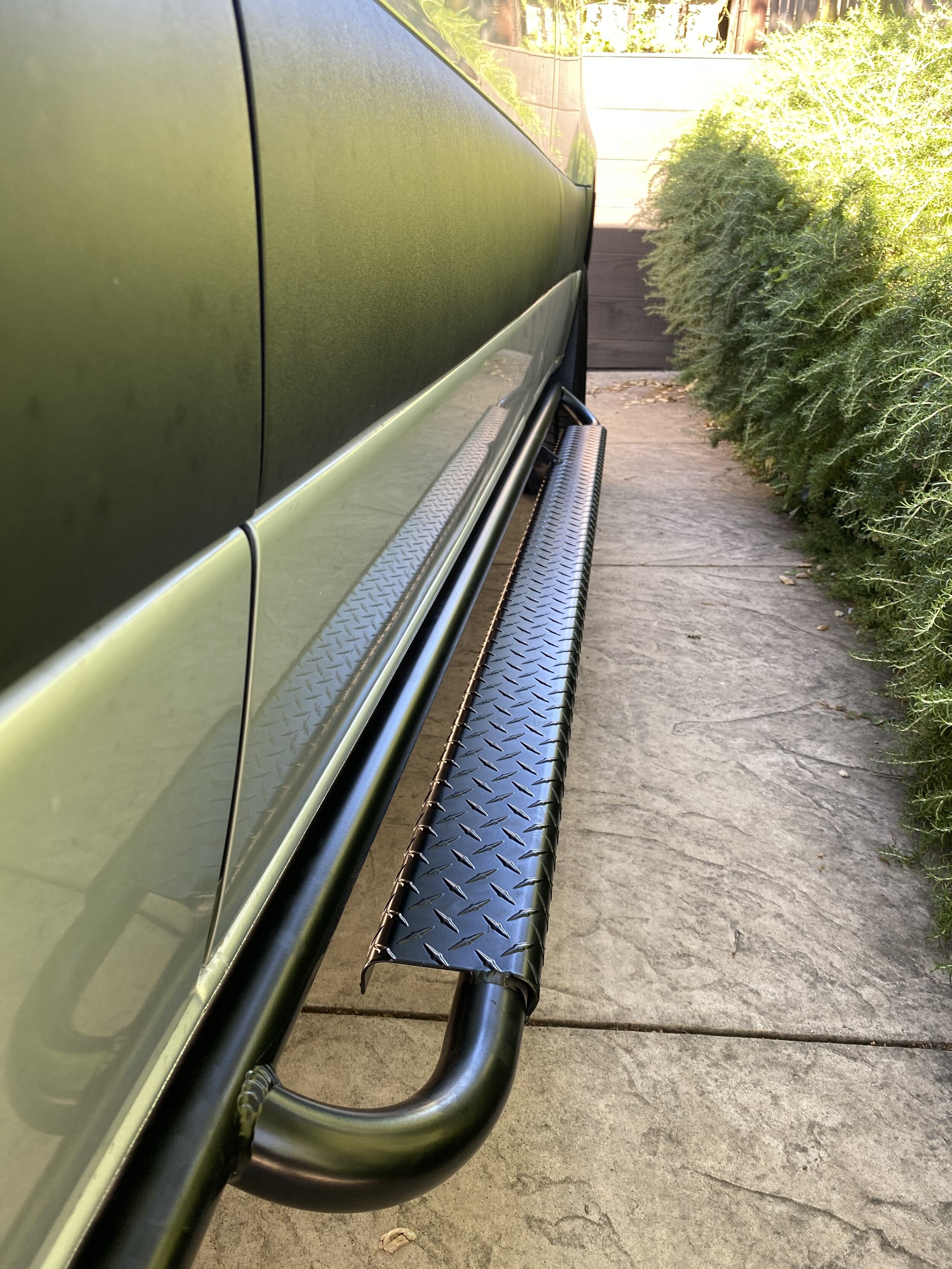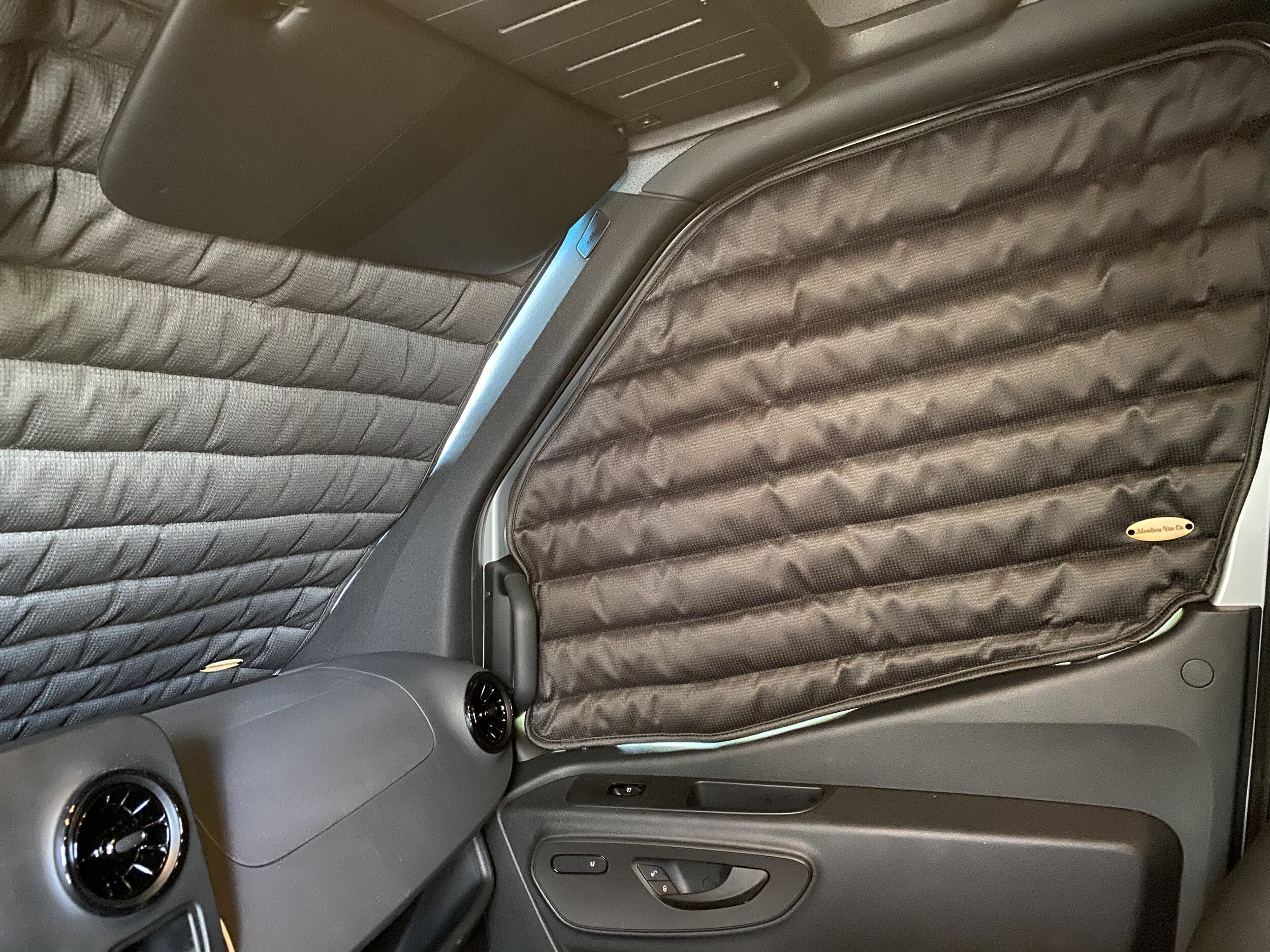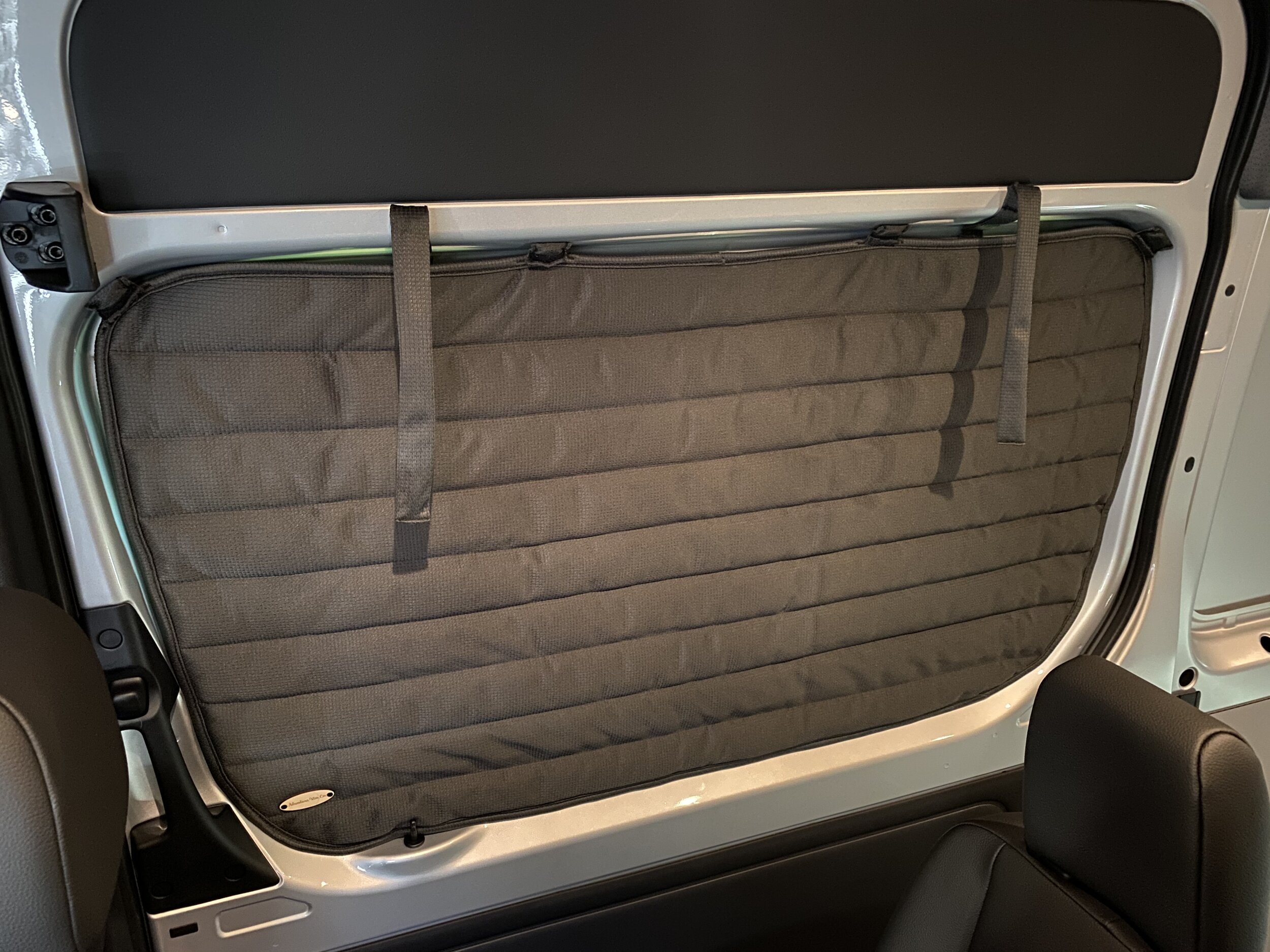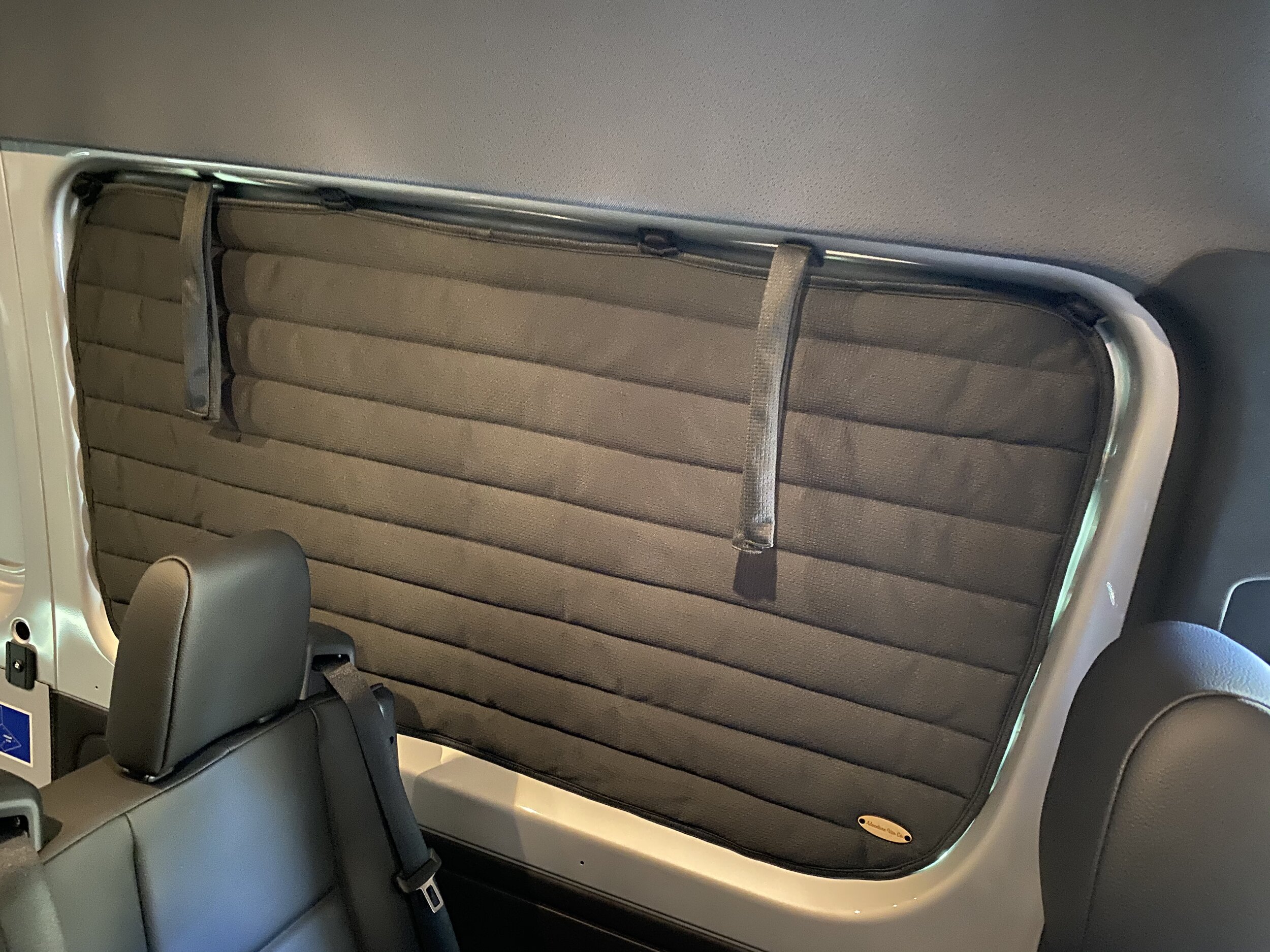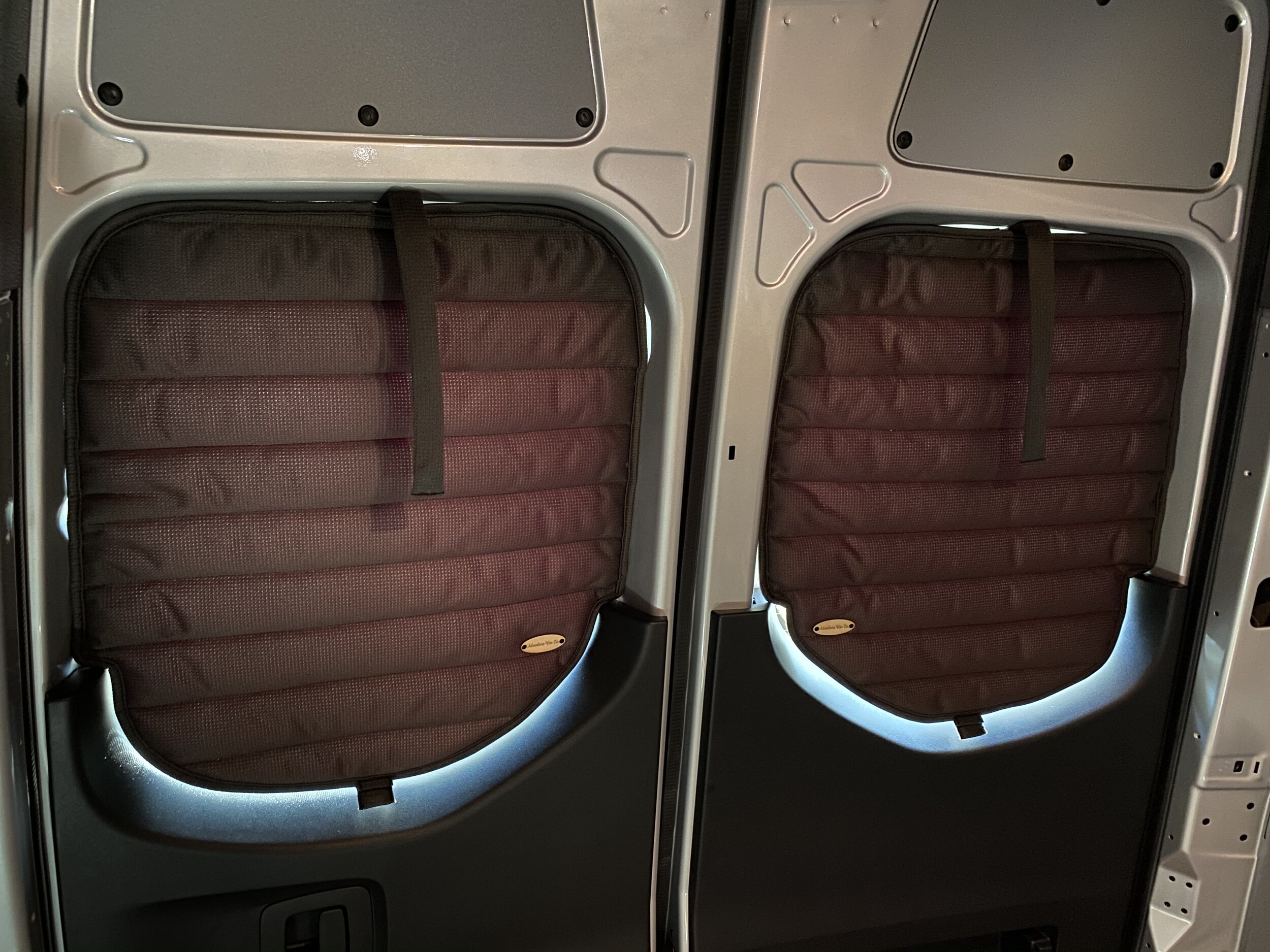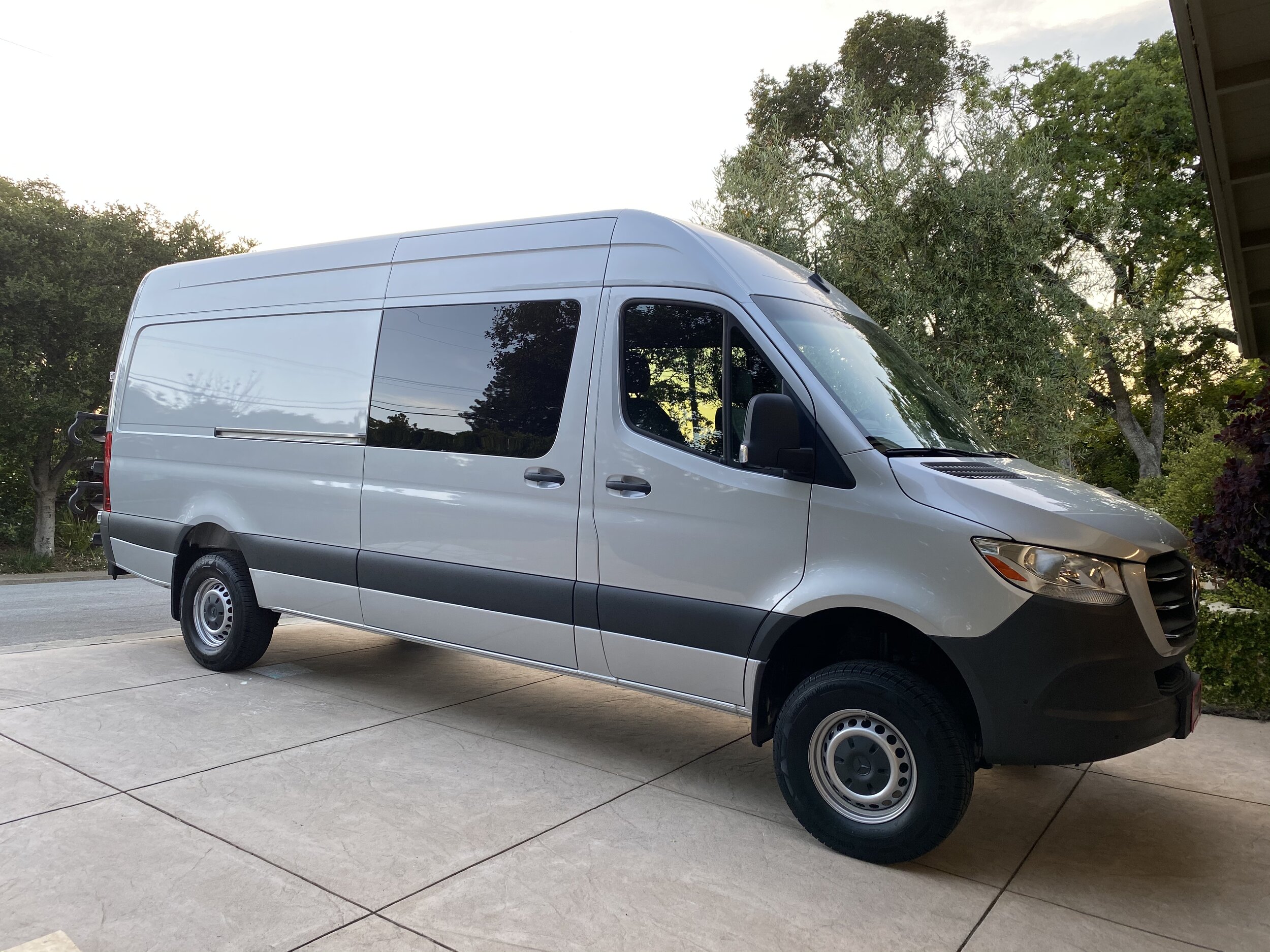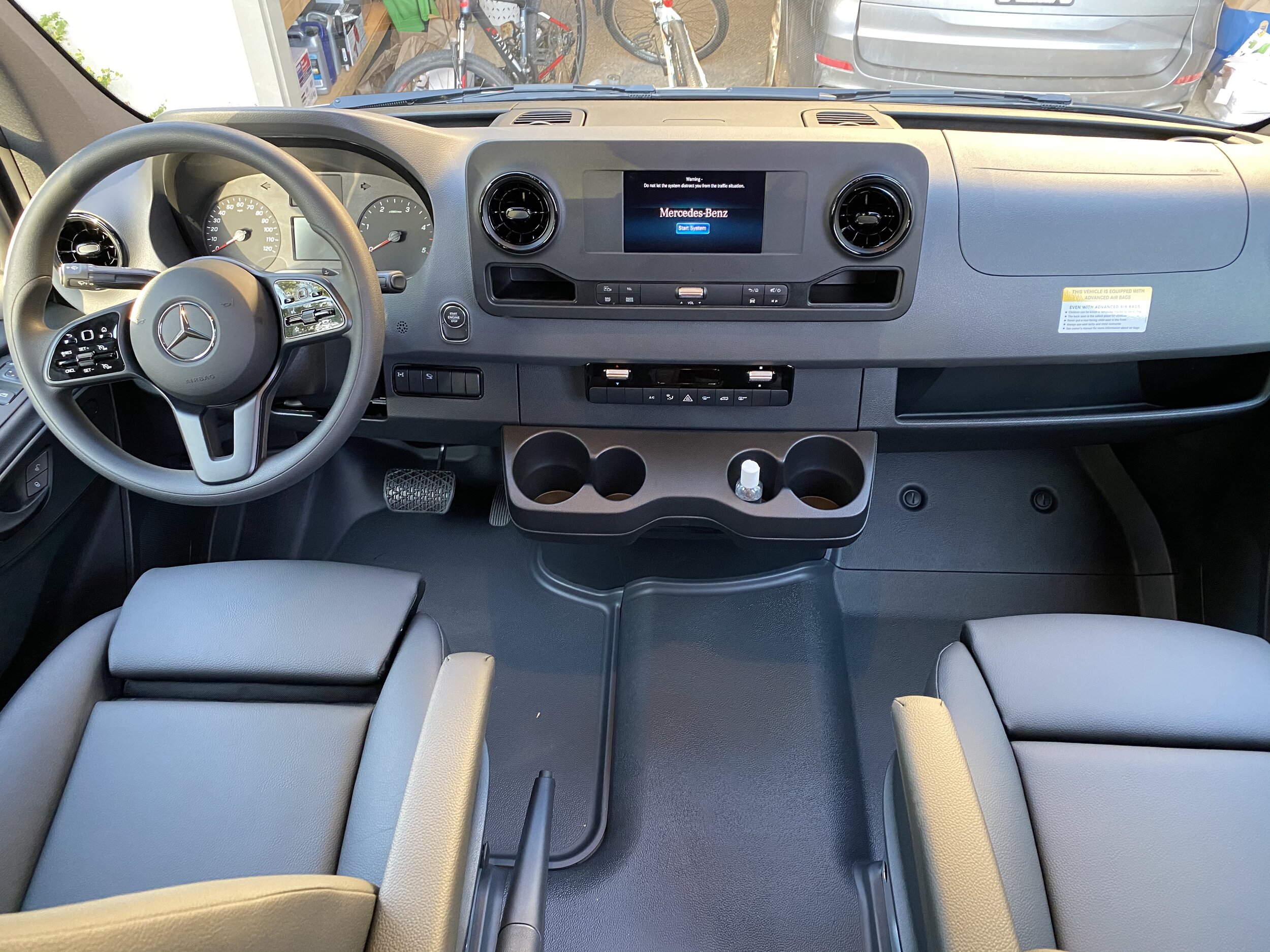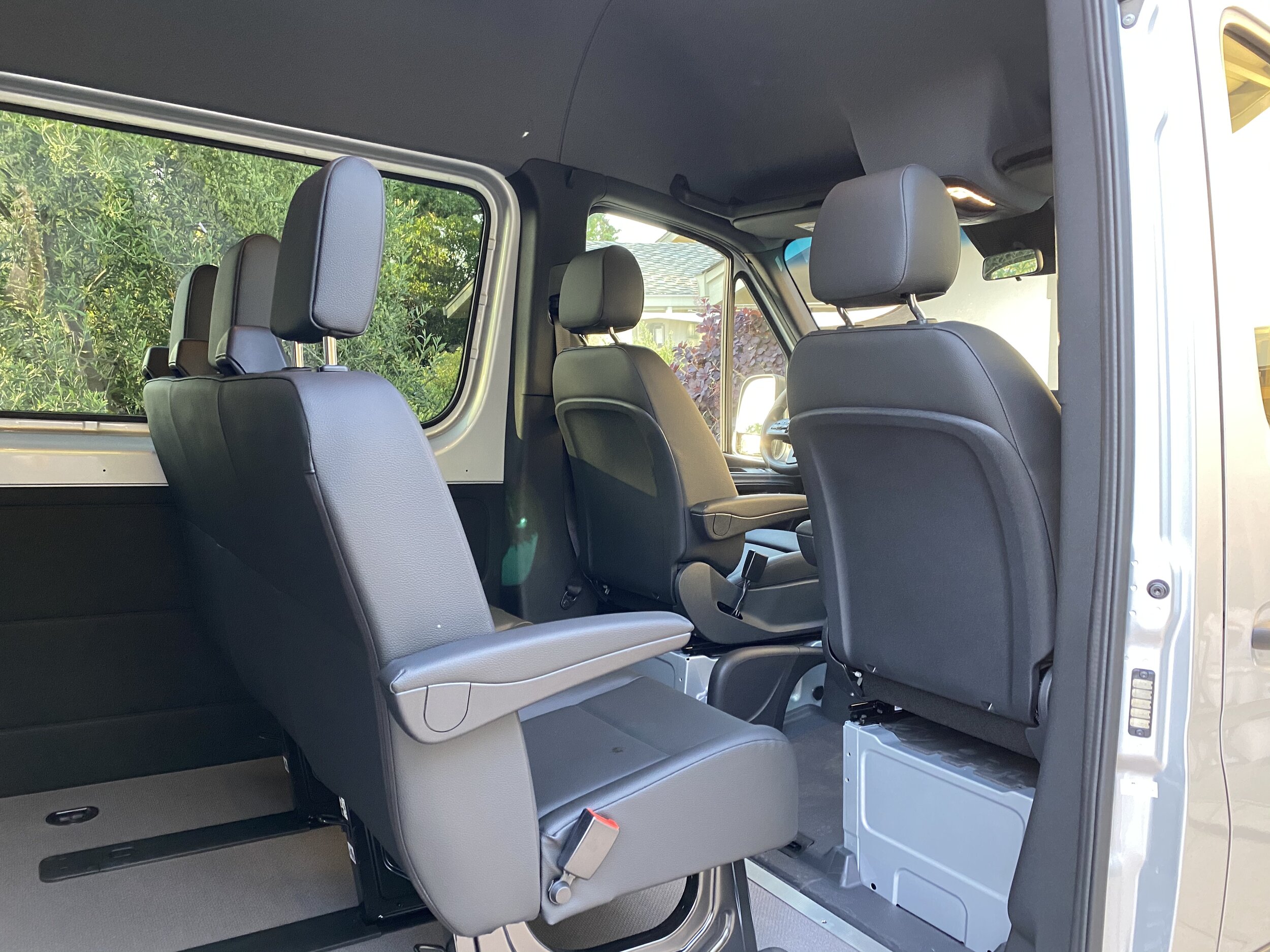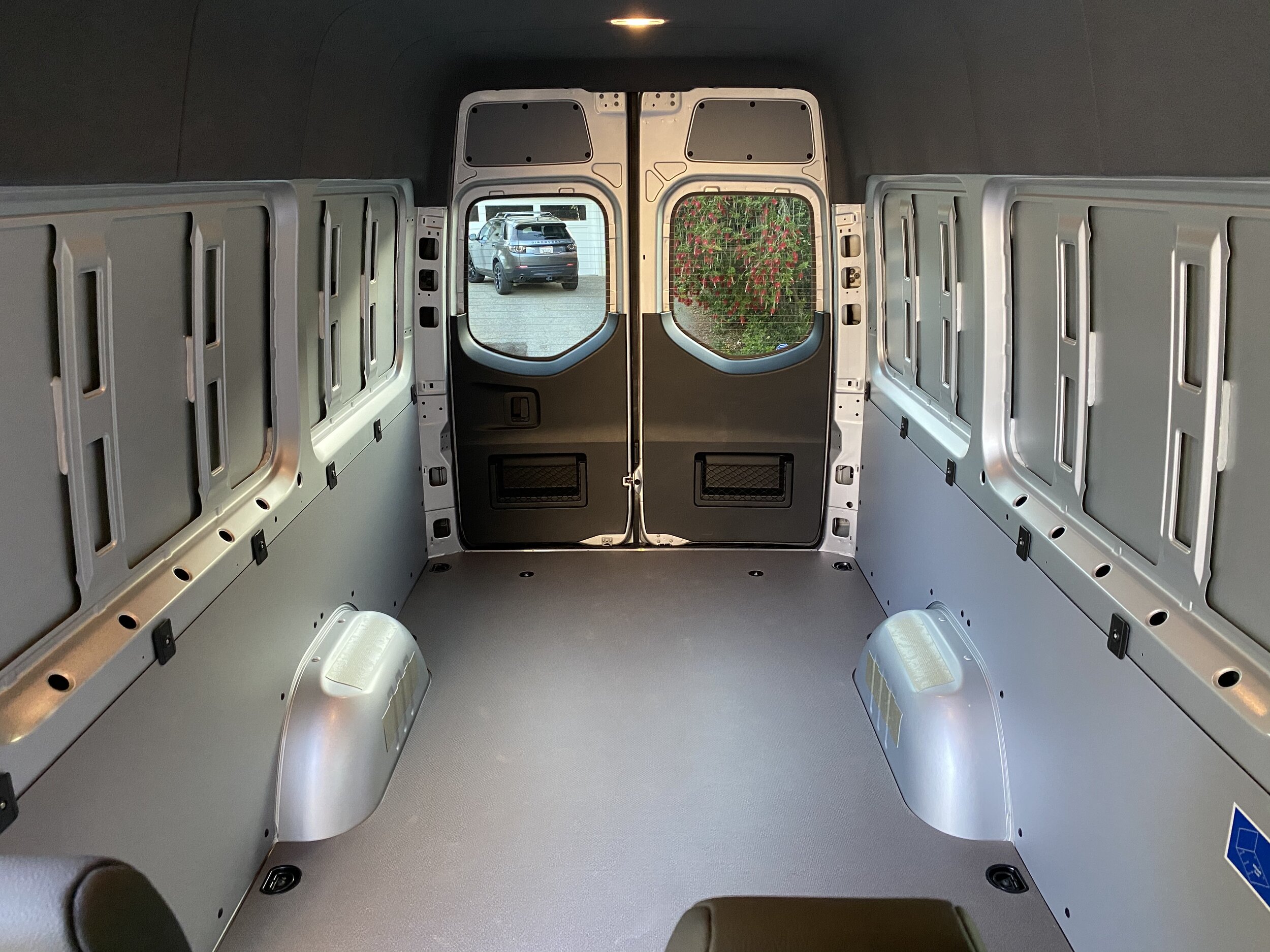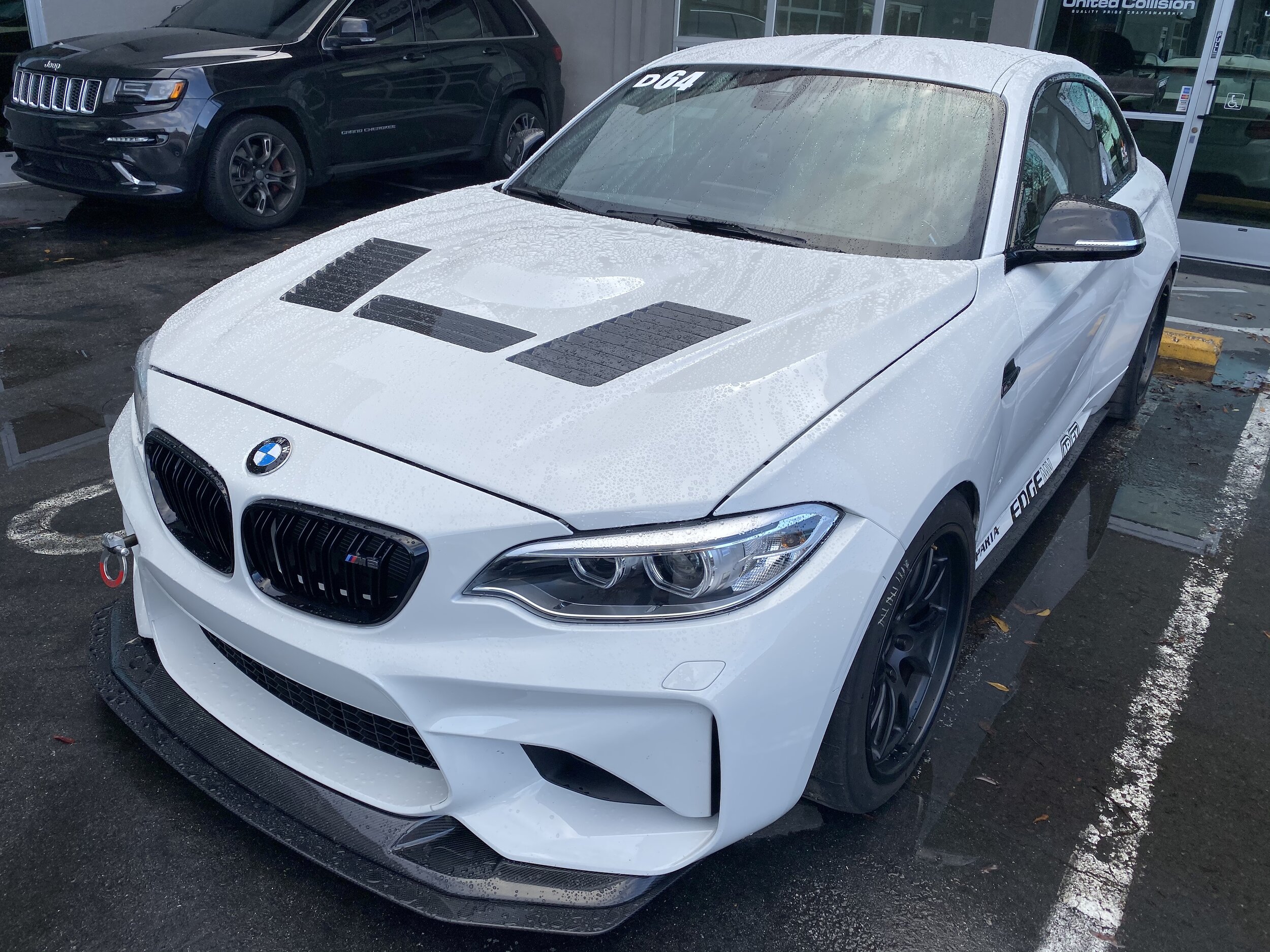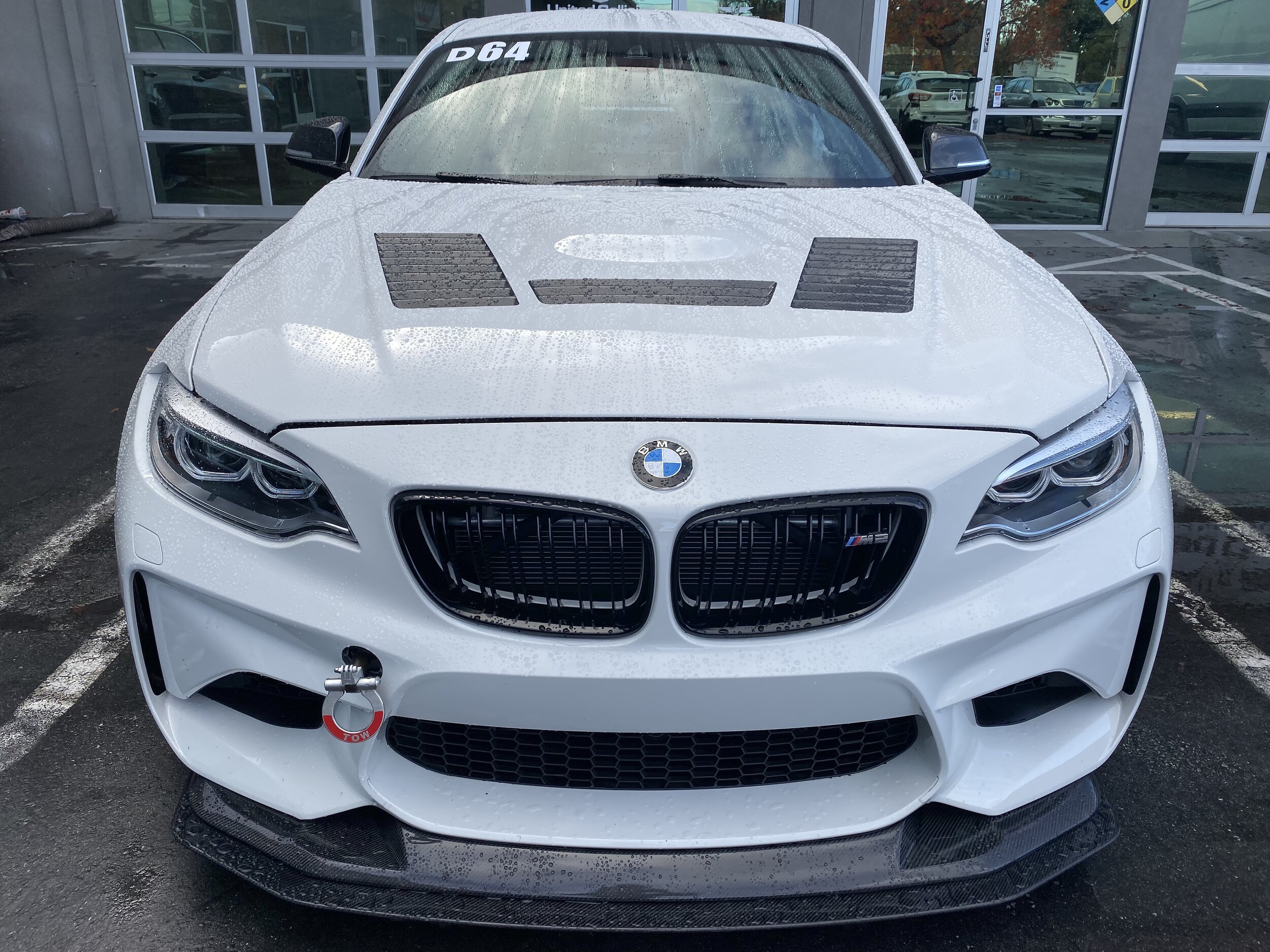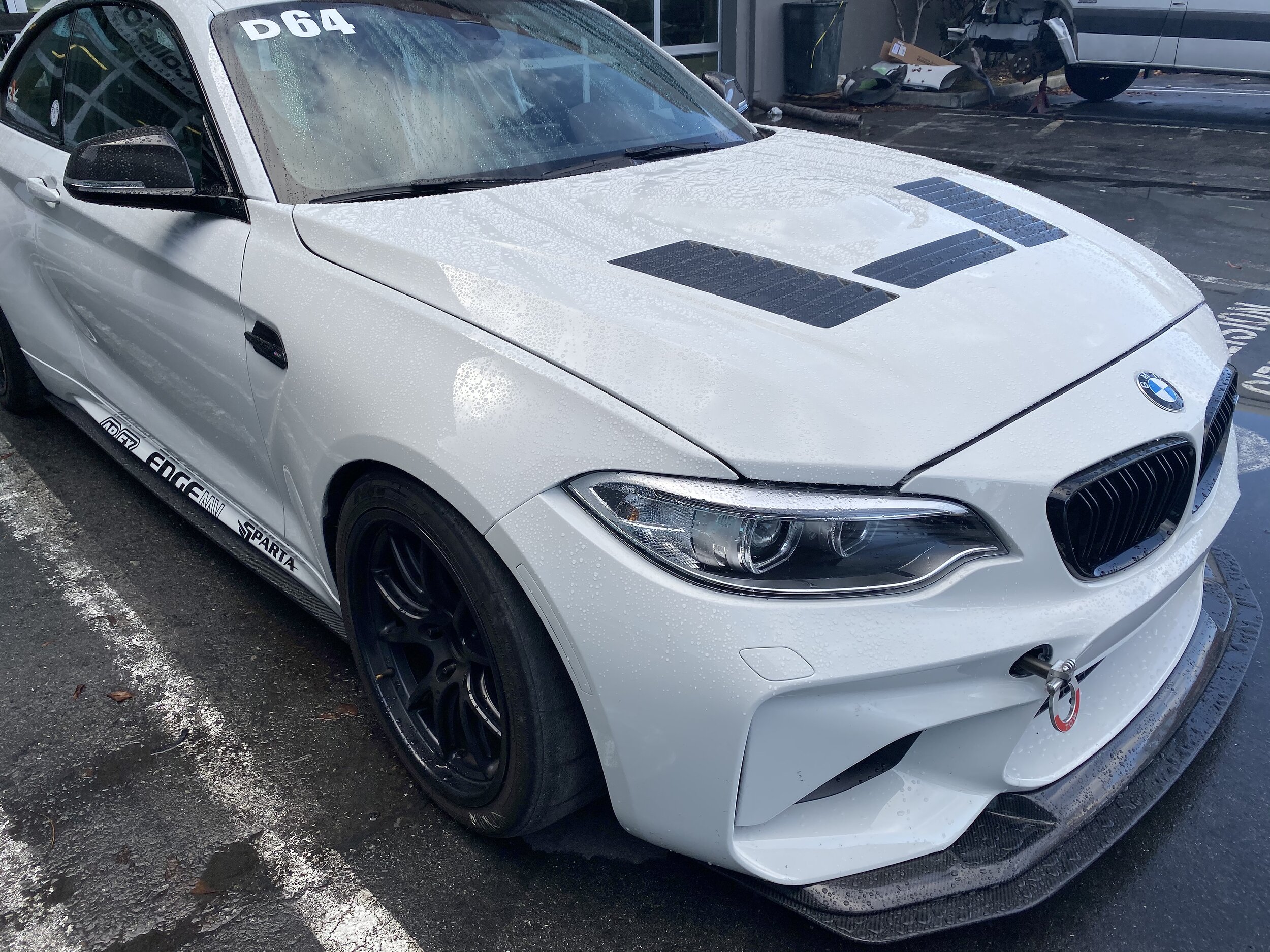An awning is a great way to give you more space when camping with your van. The two largest awning companies that supply the van life movement are Fiamma and Dometic. Both offer manual and electrical awnings in various sizes and at least Dometic also offers legless models. Many people like an electric awning but for us we didn’t want the extra cost and maintenance of an electric motor that is likely to fail at some point. Not to mention an electric awning also requires drilling a hole in your van to run some electrical wires to power it. The legless versions are nice but considering we have a 170 Sprinter our awning would be 4 meters long and getting a legless version that large became difficult not to mention they weight more. Lastly we wanted to mount the awning to the roof rack not the van itself which allows us to keep a clean look without any damage to the van. After taking all this into consideration the Fiamma F45s in black and 4 meters long was the right awning for us.
The F45s has three mounting plates that clip into and bolt into the back of the awning housing. This model mounts on a flat/flush surface yet you can buy other brackets for different configurations. The install was easy yet you do need two people as the awning is large, heavy (60 lbs), and you will need to hoist it up two ladders. We could not use the factory holes on the mounting plates due to their location in relation to our mounting points on the roof rack. So we had to mark and drill new holes that lined up better to our roof rack mounting points. The mounting plates use carriage bolts which meant we had to turn the circle holes we drilled into square holes. For that we used a special tool to “broach” the hole. How this works is that you lightly hammer the tool into a circle hole and as it passes through the hole it cuts the metal into a square hole. We then bolted the plates to the roof rack using a bunch of washers to fill a gap that was between the plate and the roof rack mounting point. We then placed the awning on the mounting plates and bolted it down to the plates. It took a friend and I 3 hours to do everything, including going to the hardware store, but we were moving slow to get it just right. If I was to do this again it would likely only take 1.5 hours start to finish.
I like the simplicity of the F45s but that simplicity means you have to be a bit careful when you roll it out. They recommend that you roll it out about 1 meter and then pull down the legs to support the weight before you roll out the rest. Not a big deal but I can see the value of having a legless awning. One last comment on awnings, all of them are meant for sun protection. None of the large RV style awnings are meant to protect from wind and rain. So as the weather turns you need to close up the awning. The one advantage of the electric awnings is that some come with a sensor for wind and rain and they will close up automatically to protect the awning. We are looking forward to testing out our awning this summer on a few camping trips we have planned to SoCal and Montana. As nice as the interior of our van is….the whole point is to be outside and having an awning makes that even more pleasant.




